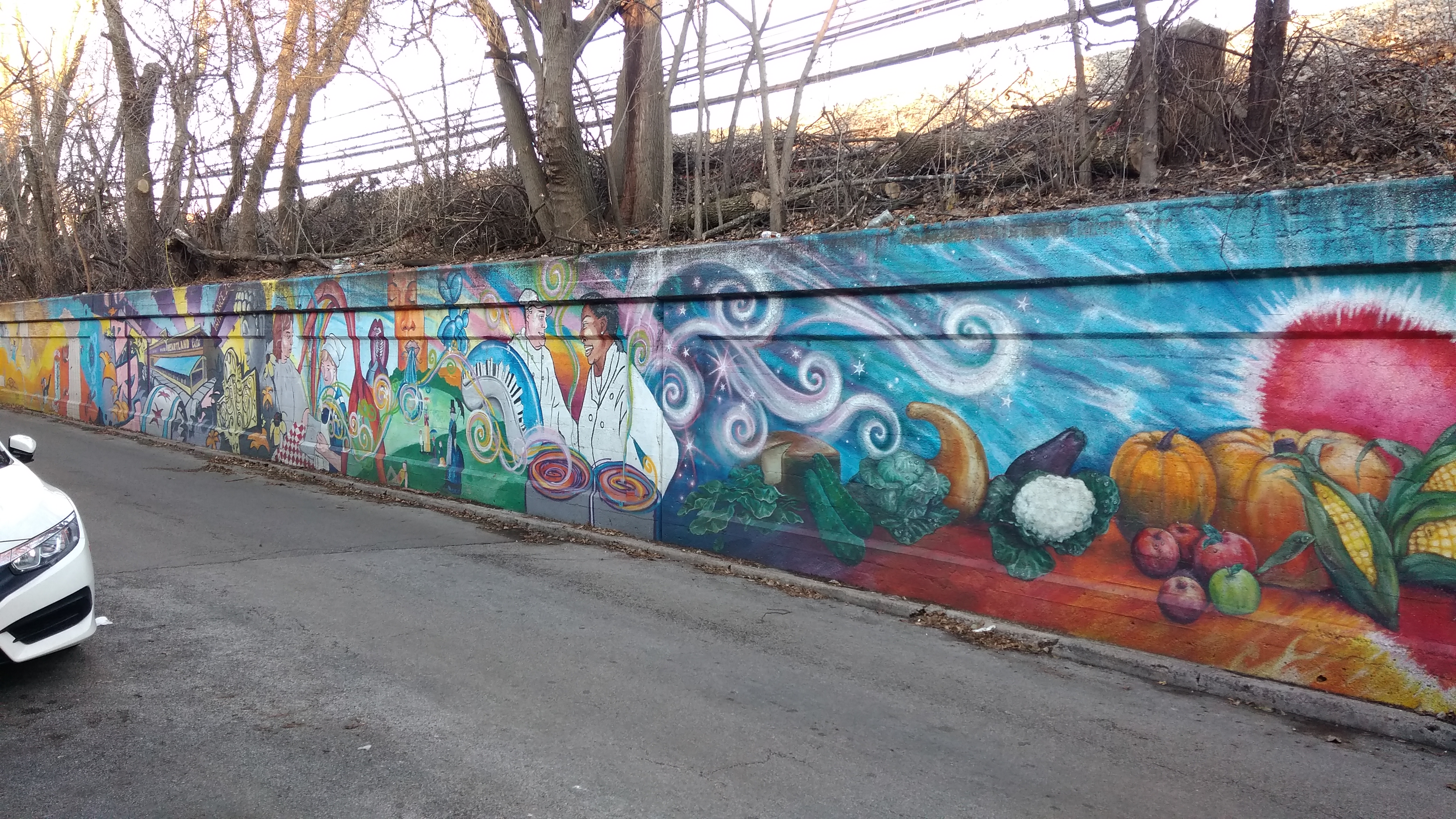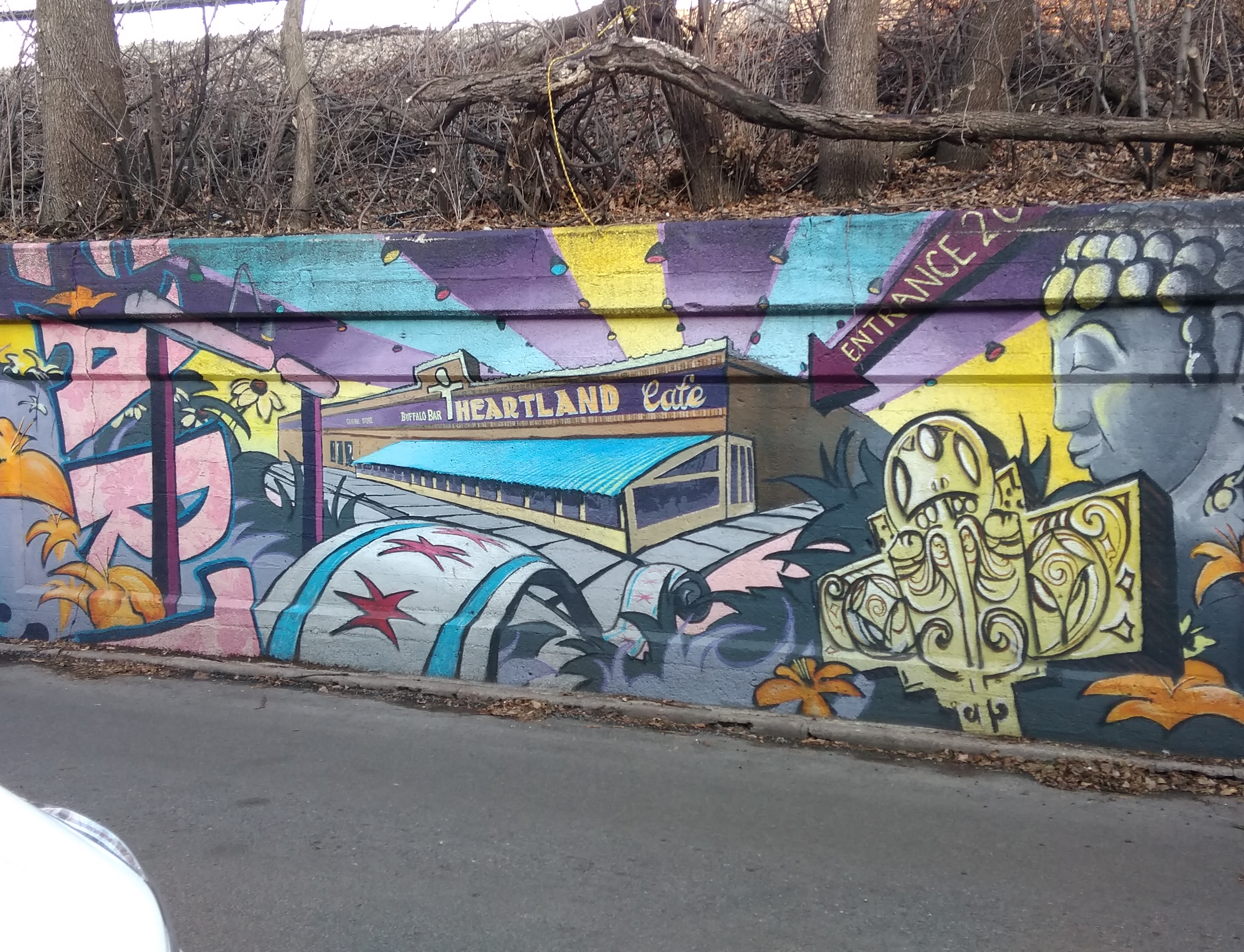Saturday felt like the actual first day of spring around here. Warm, partly cloudy, birds atwitter, no coat or even jackets necessary for human comfort.
We spent much of the day in the mid-sized western Chicago suburb of Elmhurst, a pleasant place we briefly considered while shopping for a house more than 20 years ago. We’ve spent some time there since, but not recently, and Saturday was a fine day for walking through some of Elmhurst’s soon-to-be-leafy, soon-to-be-green spaces.
Elmhurst is also home to Elmhurst College, a private liberal arts school that looks every bit like you’d think, with handsome buildings, mature trees, lawns crossed by paved footpaths and students here and there on a warm Saturday.
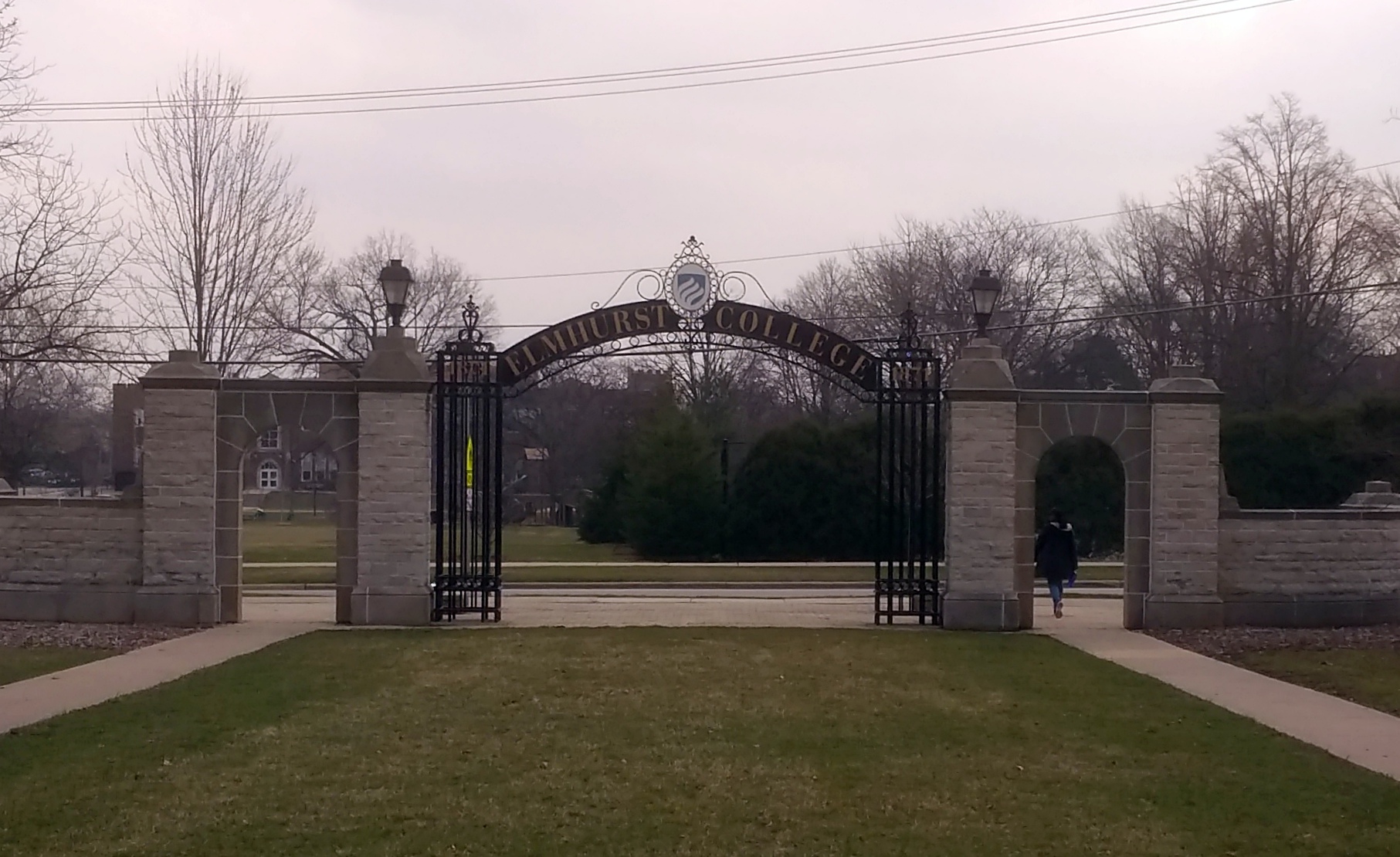 Some years ago, I took Lilly to a few sessions of the Elmhurst College Jazz Festival, whose high school and college performers play at the college’s at Hammerschmidt Chapel.
Some years ago, I took Lilly to a few sessions of the Elmhurst College Jazz Festival, whose high school and college performers play at the college’s at Hammerschmidt Chapel.
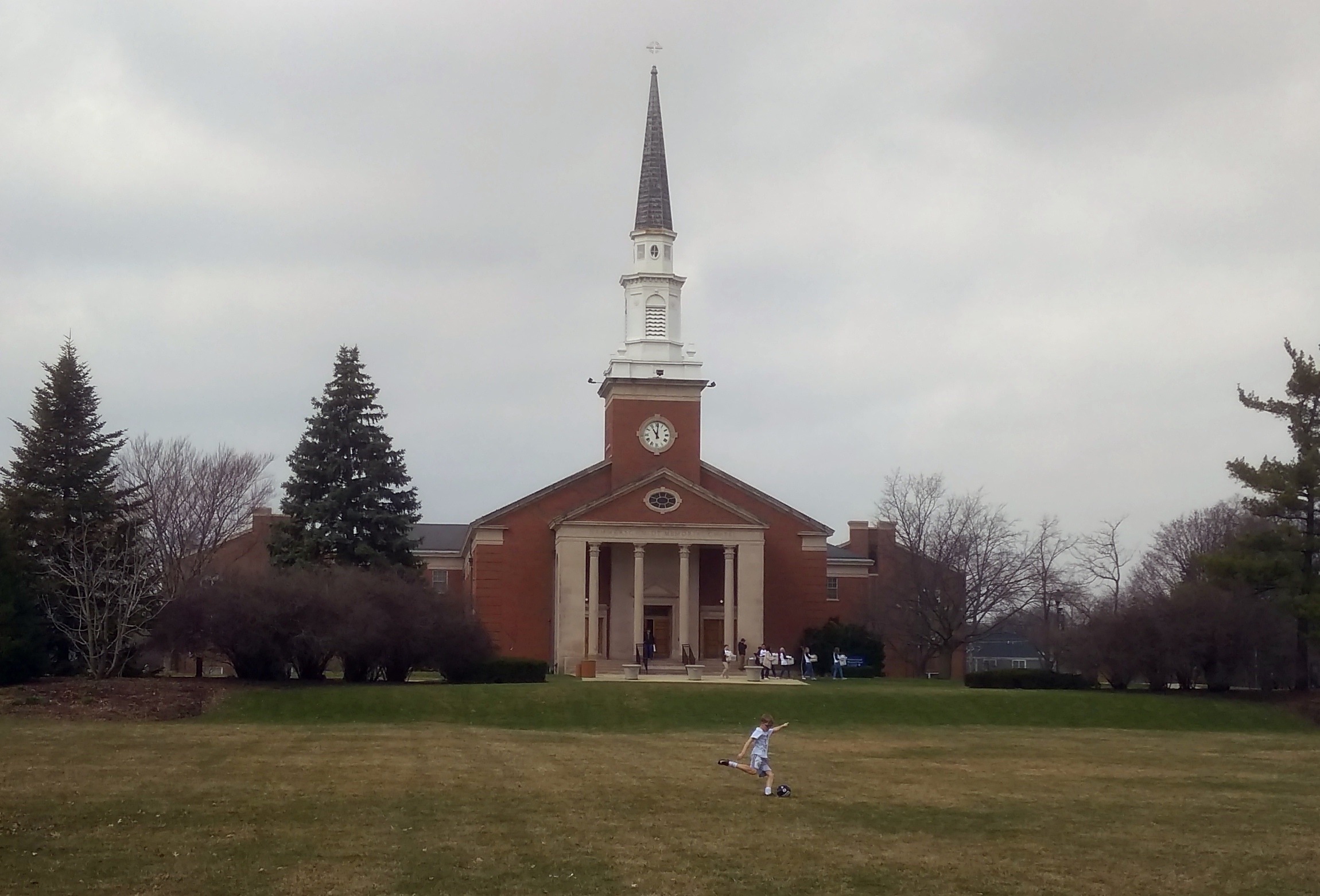 Elmhurst College dates from the 1870s, founded roughly at the same time as Vanderbilt, though it doesn’t seem to have evolved into the same sort of academic leviathan. I’m glad some institutions still eschew the upgrade to university and call themselves colleges. I suspect that Elmhurst charges about the same stratospheric tuition as Vanderbilt, however, and there’s no excuse for either of them in that regard.
Elmhurst College dates from the 1870s, founded roughly at the same time as Vanderbilt, though it doesn’t seem to have evolved into the same sort of academic leviathan. I’m glad some institutions still eschew the upgrade to university and call themselves colleges. I suspect that Elmhurst charges about the same stratospheric tuition as Vanderbilt, however, and there’s no excuse for either of them in that regard.
These days, the college is affiliated with the United Church of Christ. It was founded by the German Evangelical Synod of North America, or the Deutsche Evangelische Synode von Nord-Amerika, one of the 19th-century predecessor denominations of the UCC.
Here’s Old Main. Or the Hauptgebaude, which remarkably has its own Wiki page. One of the more handsome structures on campus, I’d say. The front.
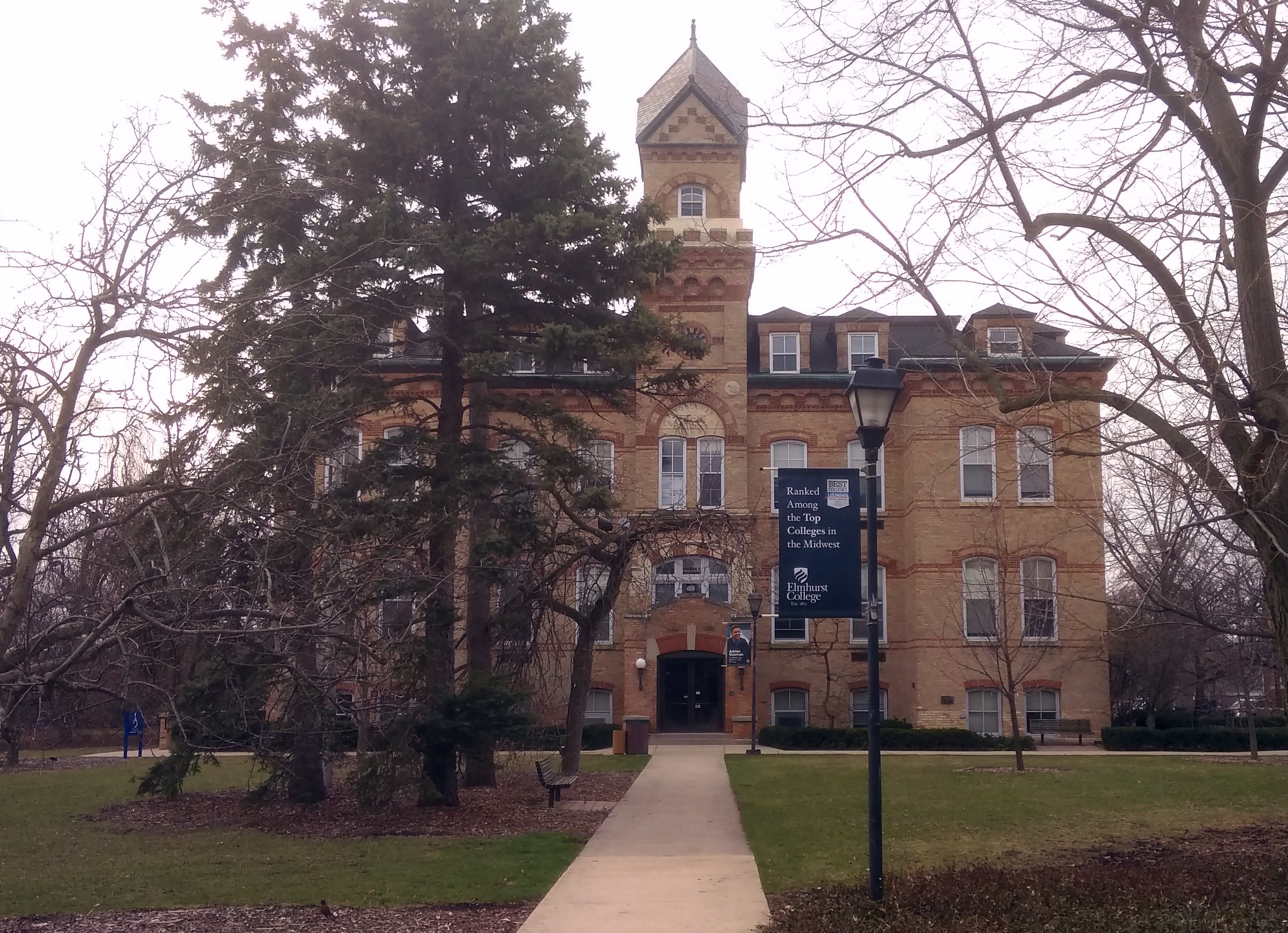 And the back.
And the back.
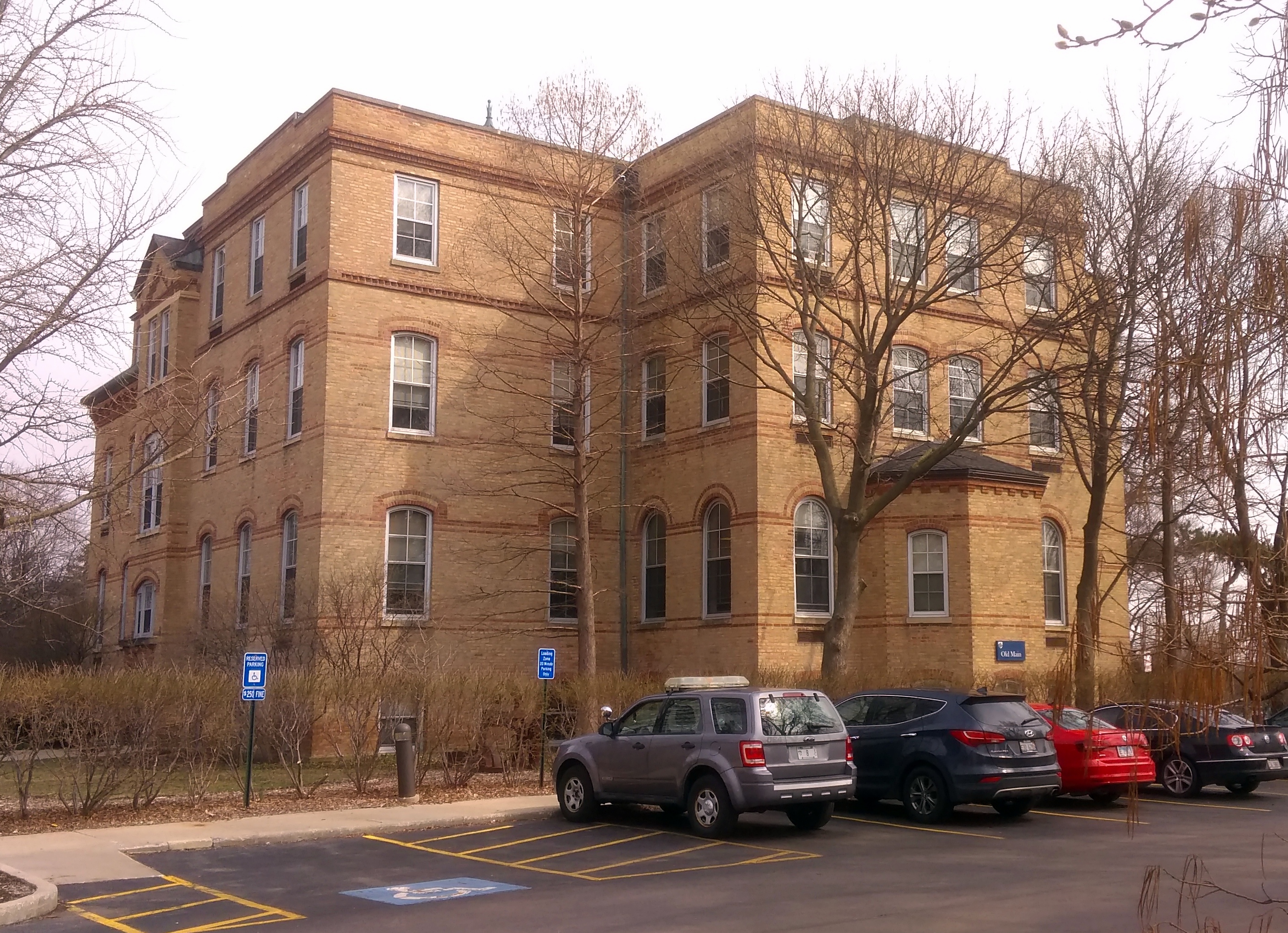 The college has a gazebo. Minor, but still a gazebo. All colleges should.
The college has a gazebo. Minor, but still a gazebo. All colleges should.
What’s this? I noticed a statue not far from Old Main, standing in its own plaza-like spot.
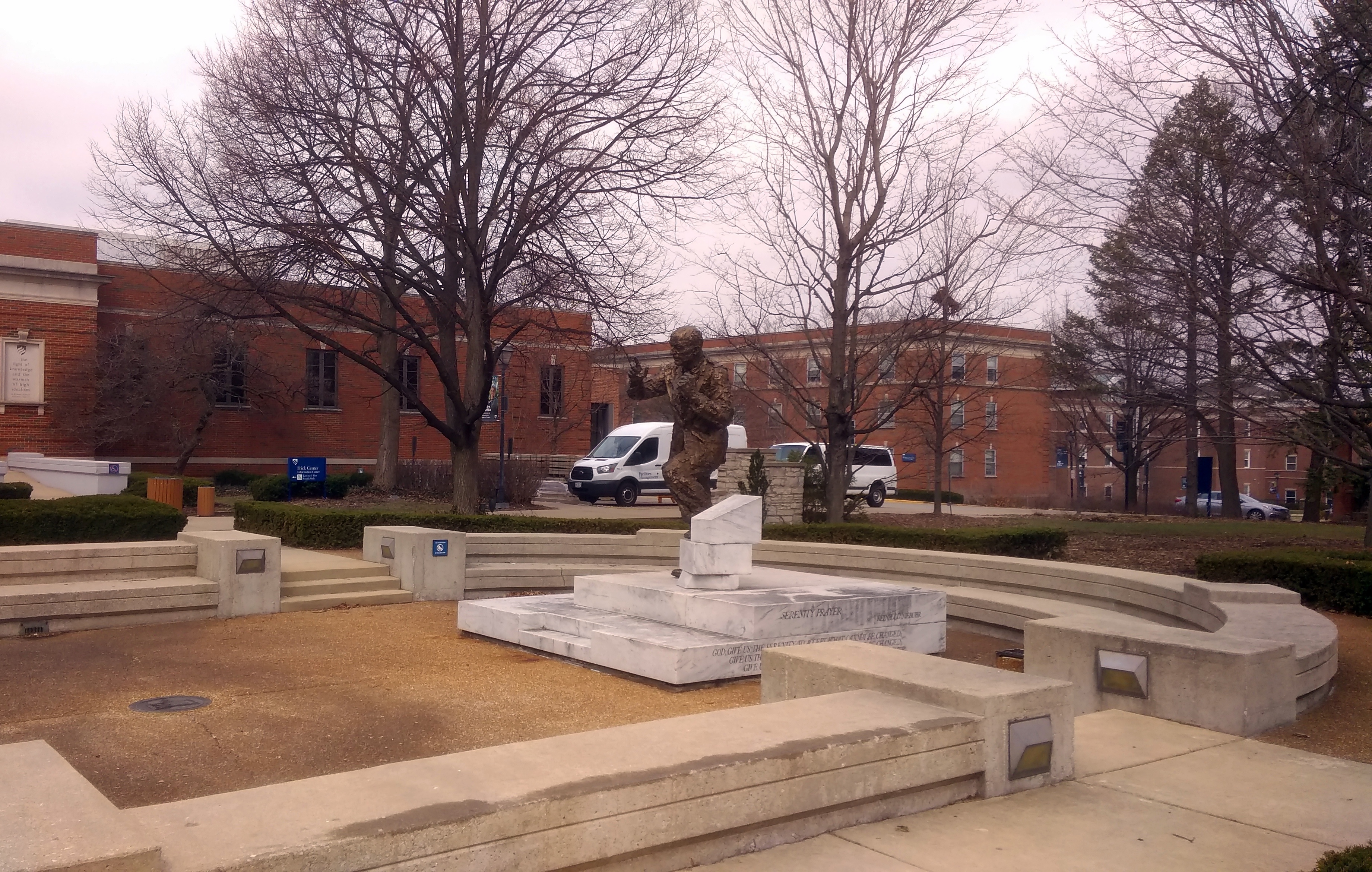 A founding bishop with “Knowledge is Good” carved on the base in German? I’m not sure the denomination had bishops; probably not, but never mind.
A founding bishop with “Knowledge is Good” carved on the base in German? I’m not sure the denomination had bishops; probably not, but never mind.
No. It’s a statue of Reinhold Niebuhr in an animated pose.
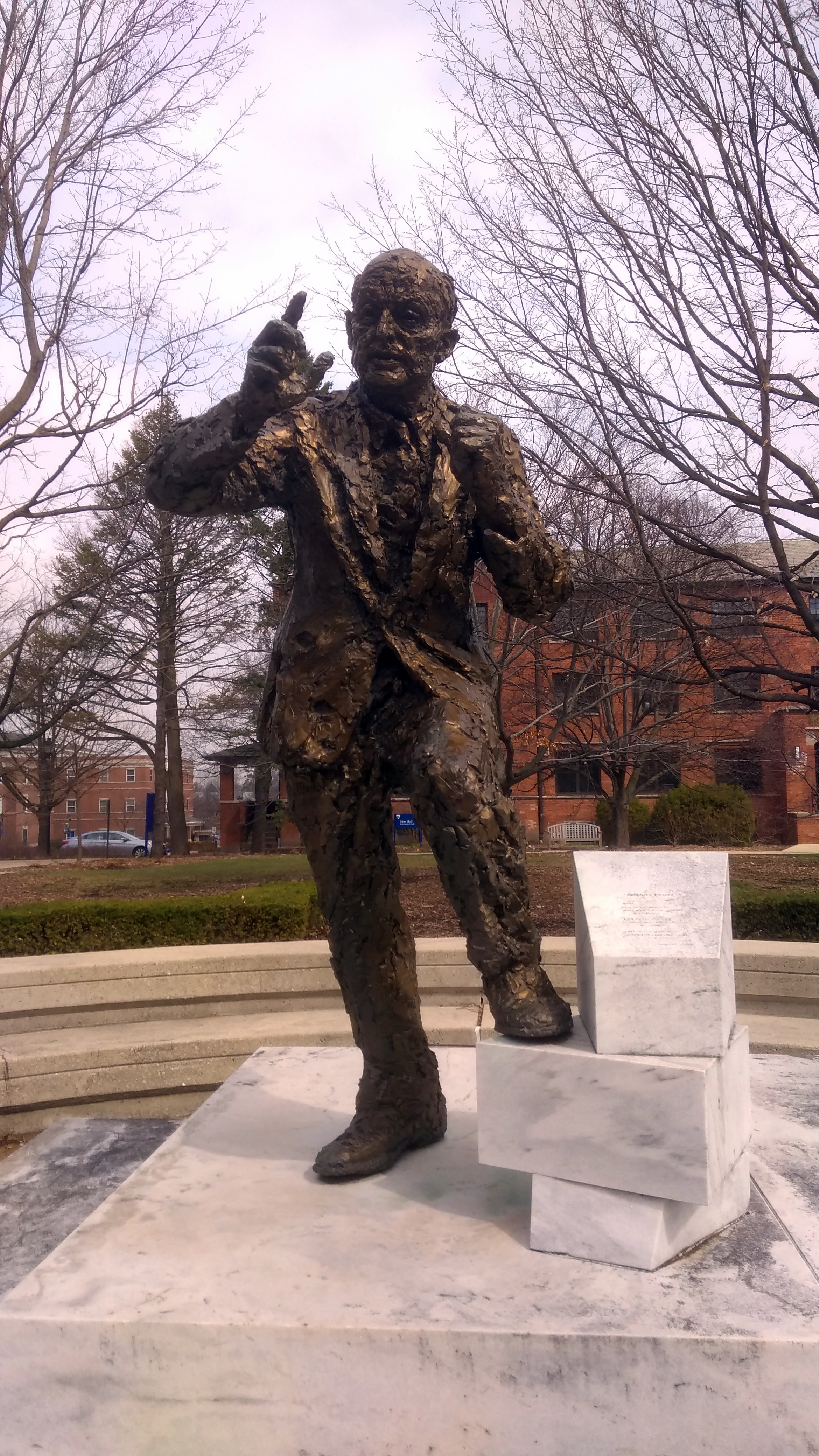 I didn’t expect that. My own ignorance was at work. Niebuhr did his undergraduate work at Elmhurst College, class of 1910. His brother H. Richard, also a theologian, likewise went to Elmhurst.
I didn’t expect that. My own ignorance was at work. Niebuhr did his undergraduate work at Elmhurst College, class of 1910. His brother H. Richard, also a theologian, likewise went to Elmhurst.
In 1997, Niebuhr was honored with this regrettable chewing-gum statue, the work of the late Robert Berks, who is better known for his bubble-gum Einstein in Washington, DC, though I’ve also encountered his Carolus Linnæus statue at the Chicago Botanical Gardens. Carved on one of the white blocks is the Serenity Prayer, which is widely attributed to Niebuhr.
Sad to say, most of what I learned about Niebuhr at Vanderbilt — and I’m pretty sure I learned something — has evaporated after nearly 40 years. He was a U.S. public intellectual in any case, informed by his theology. Is there such a thing any more?
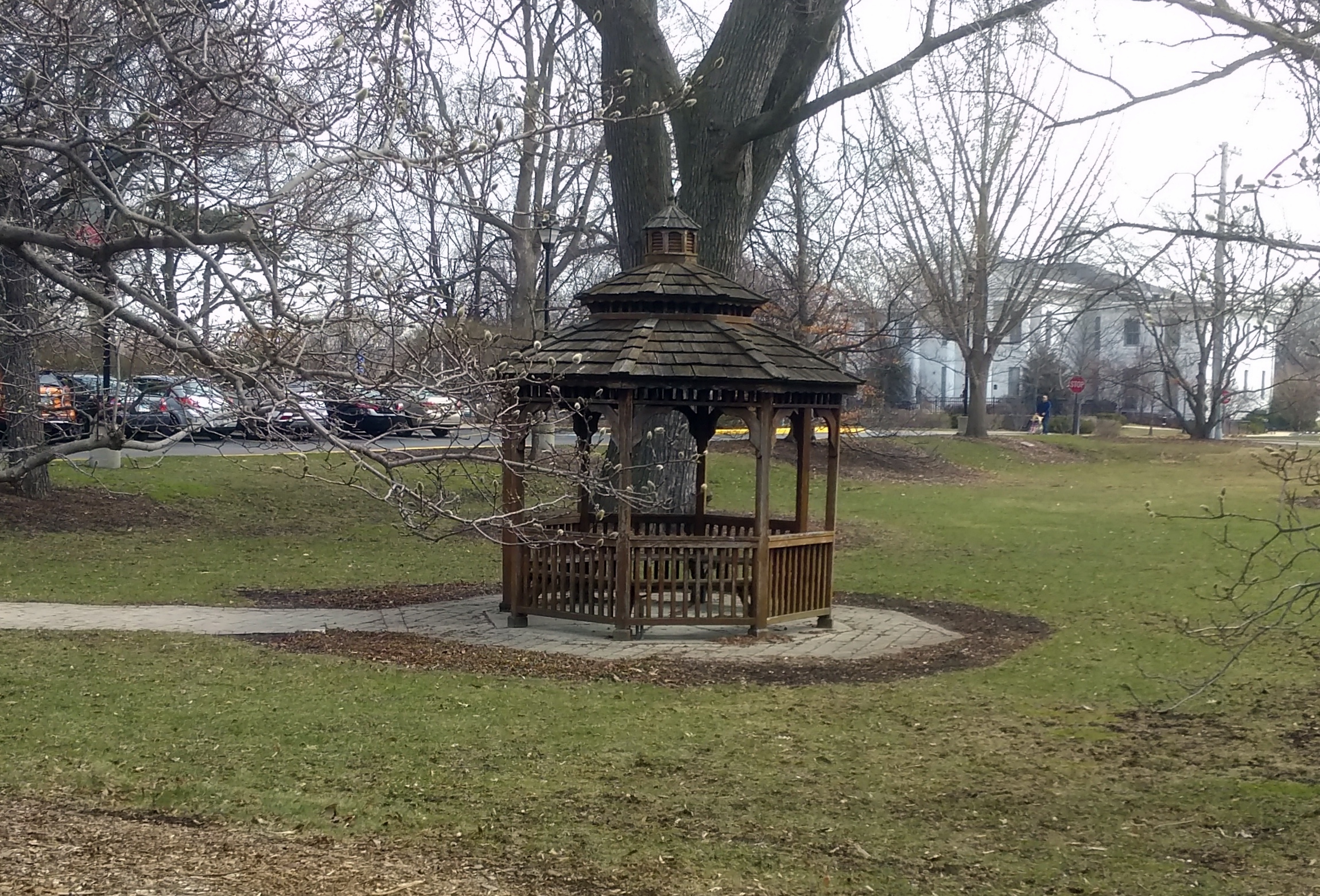
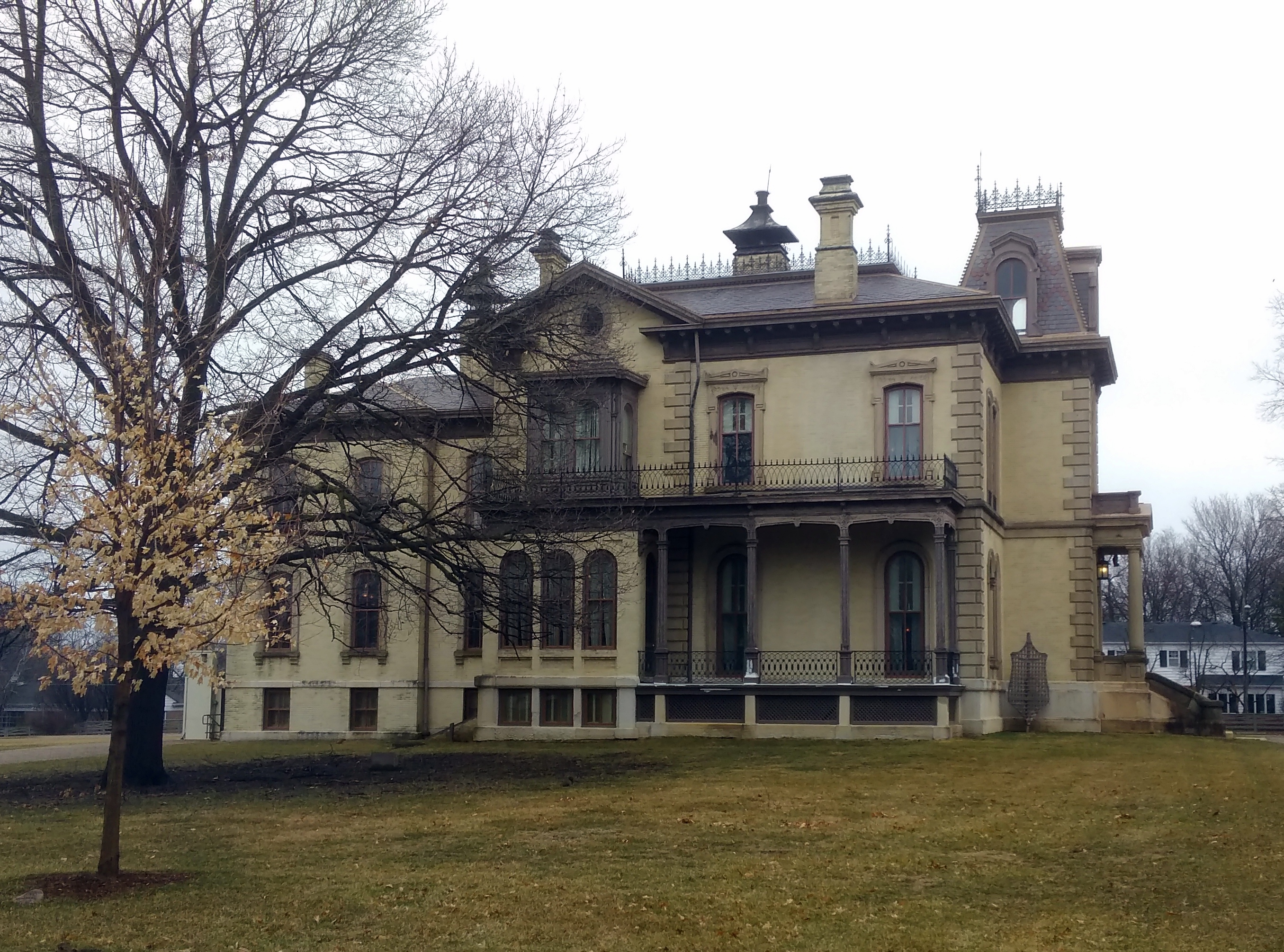
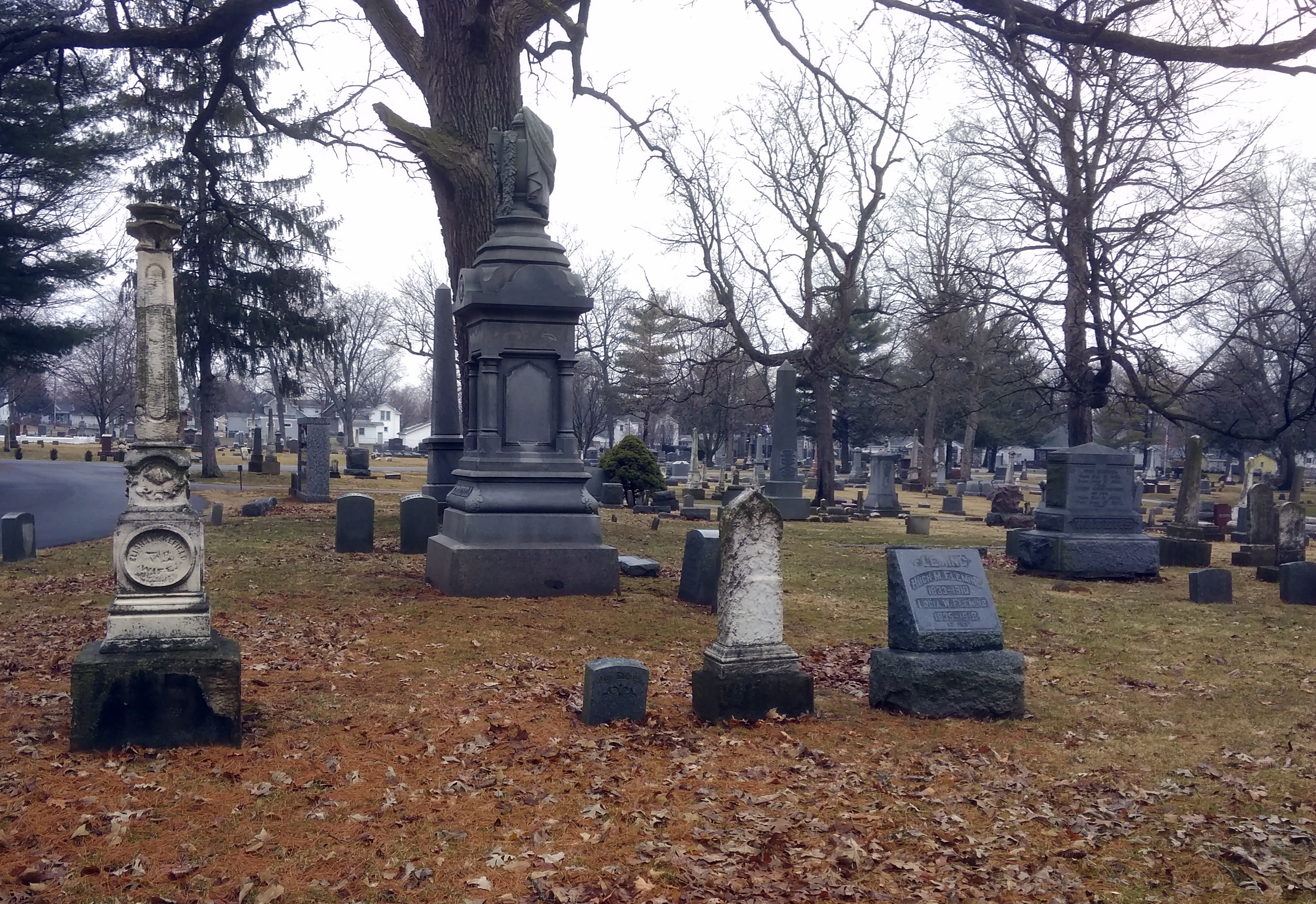
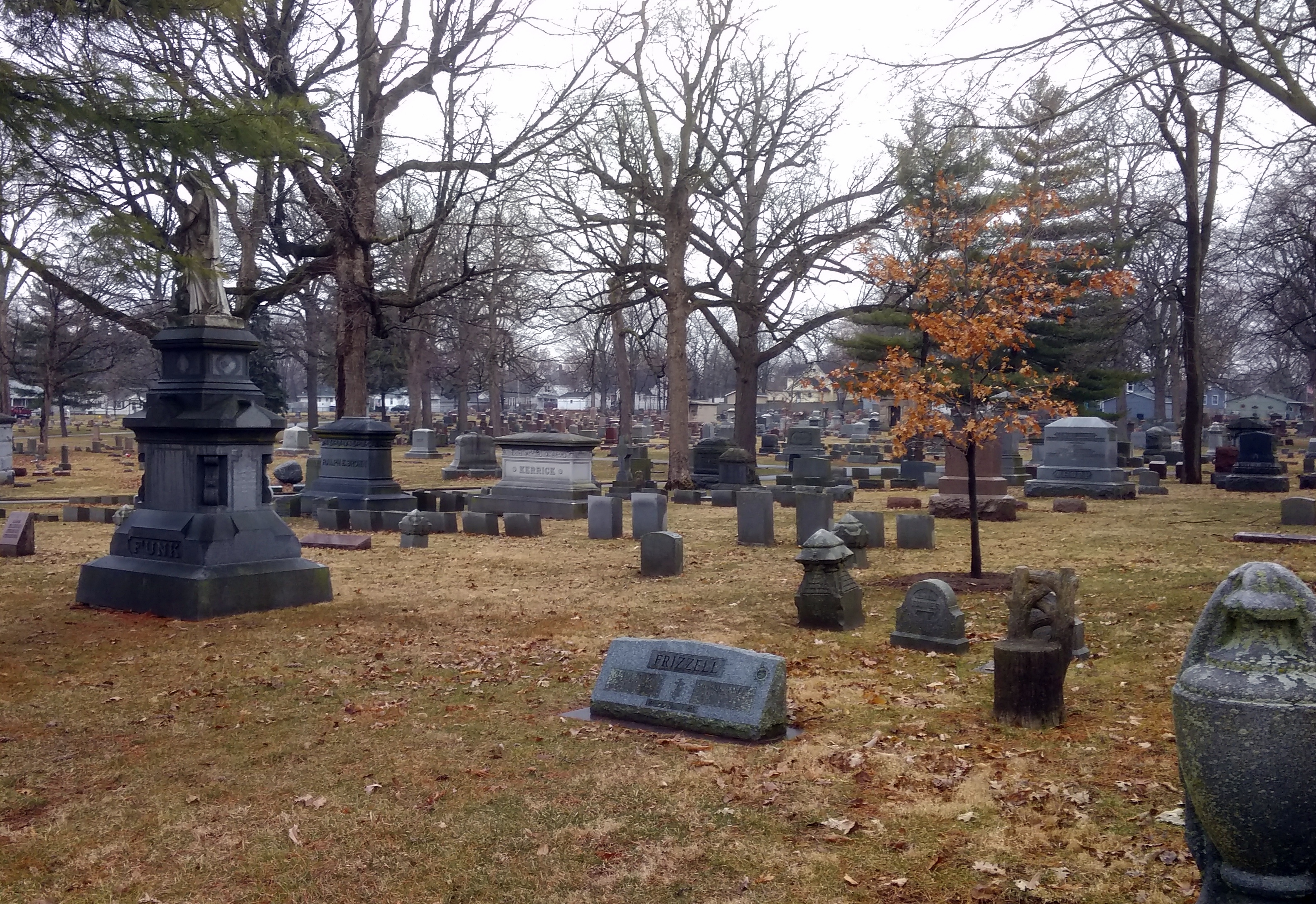
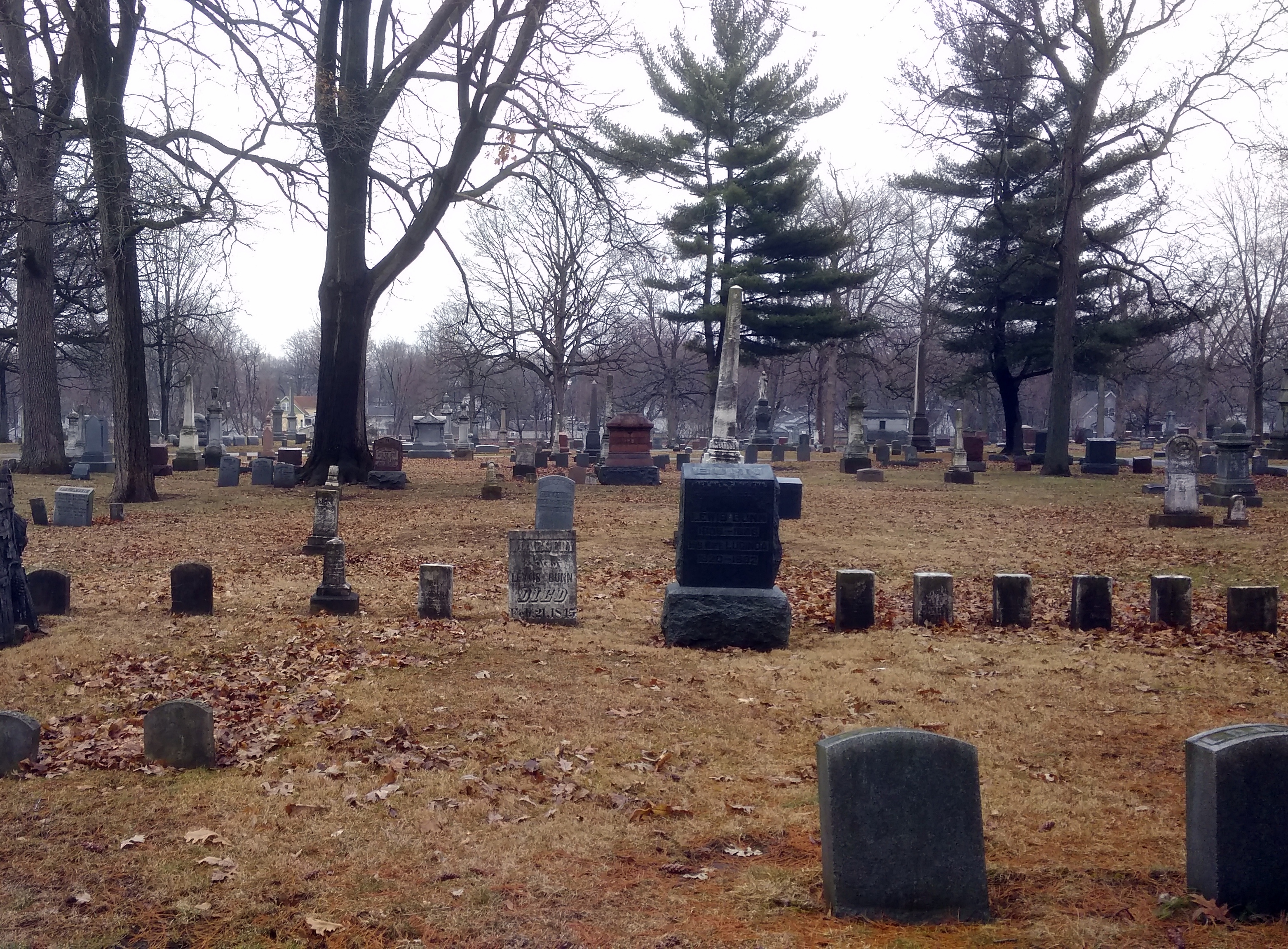
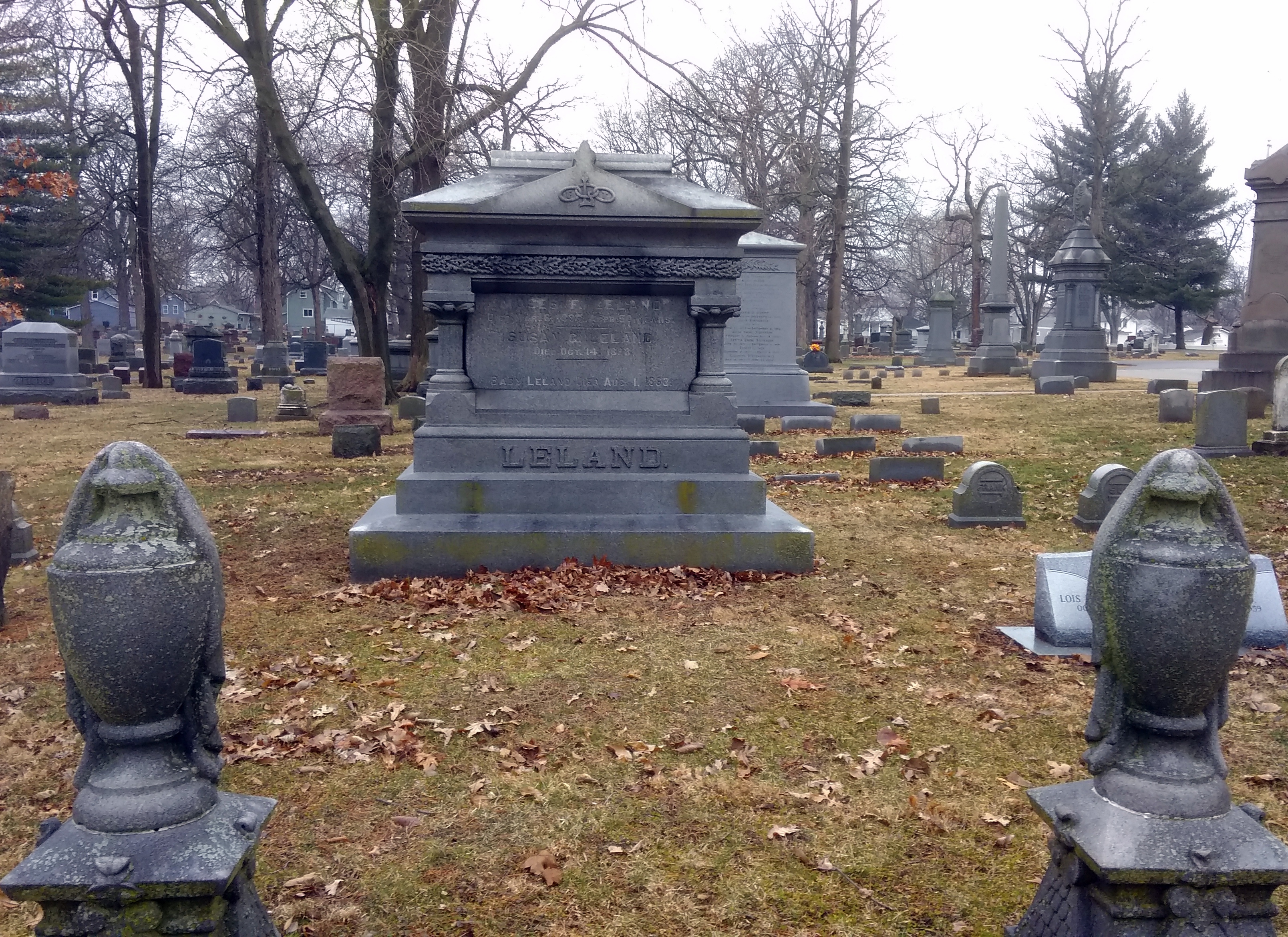
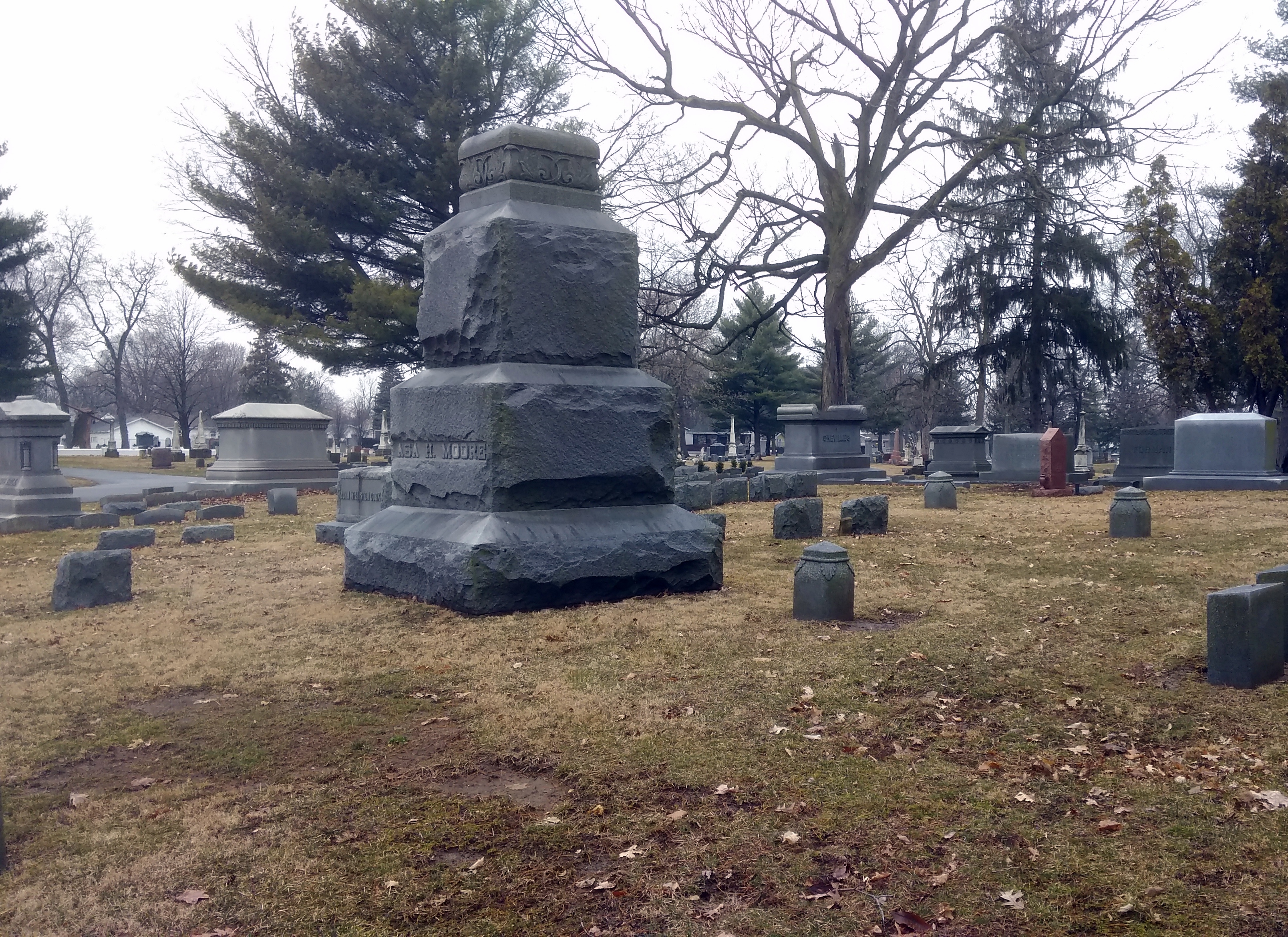
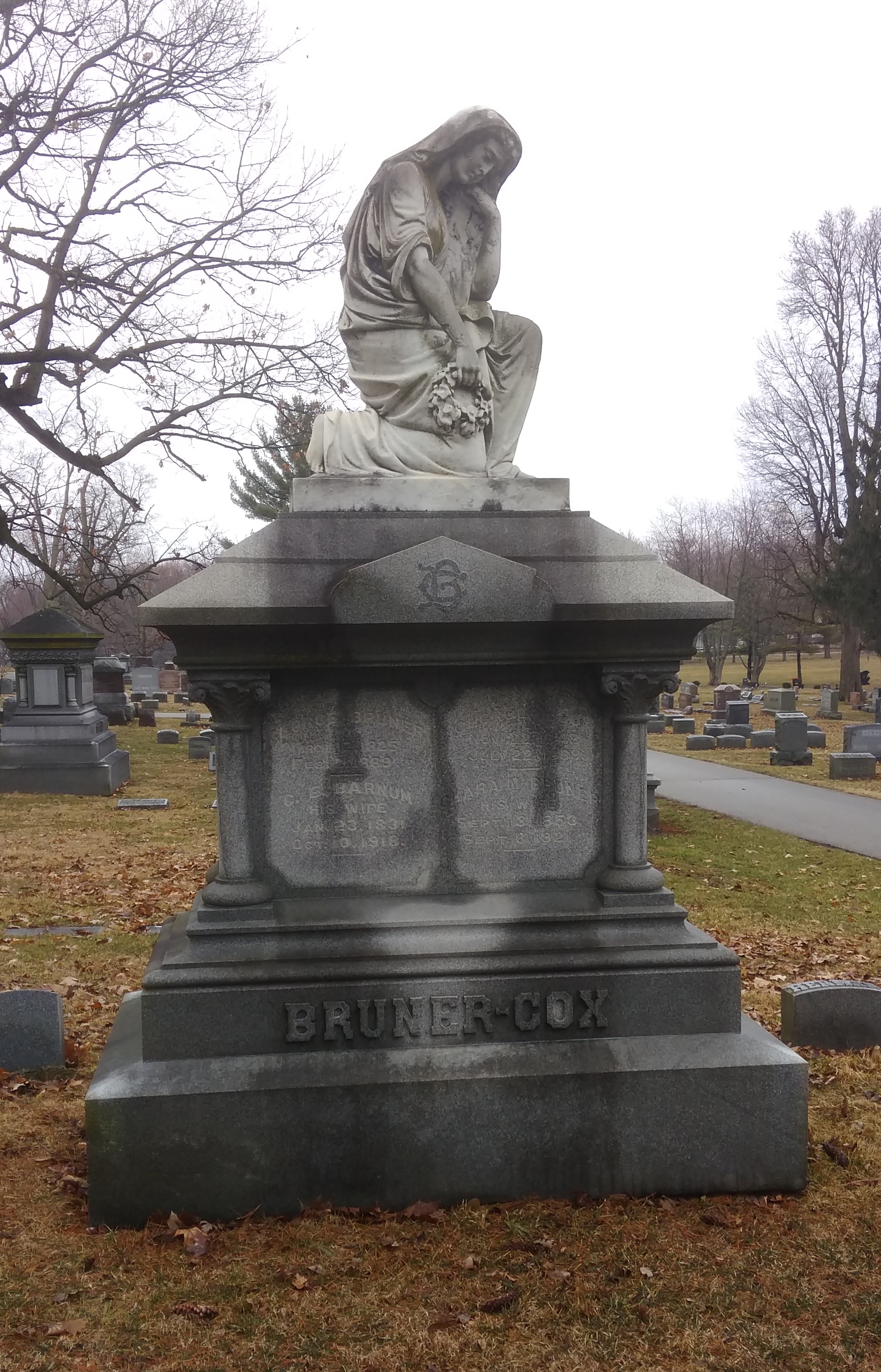
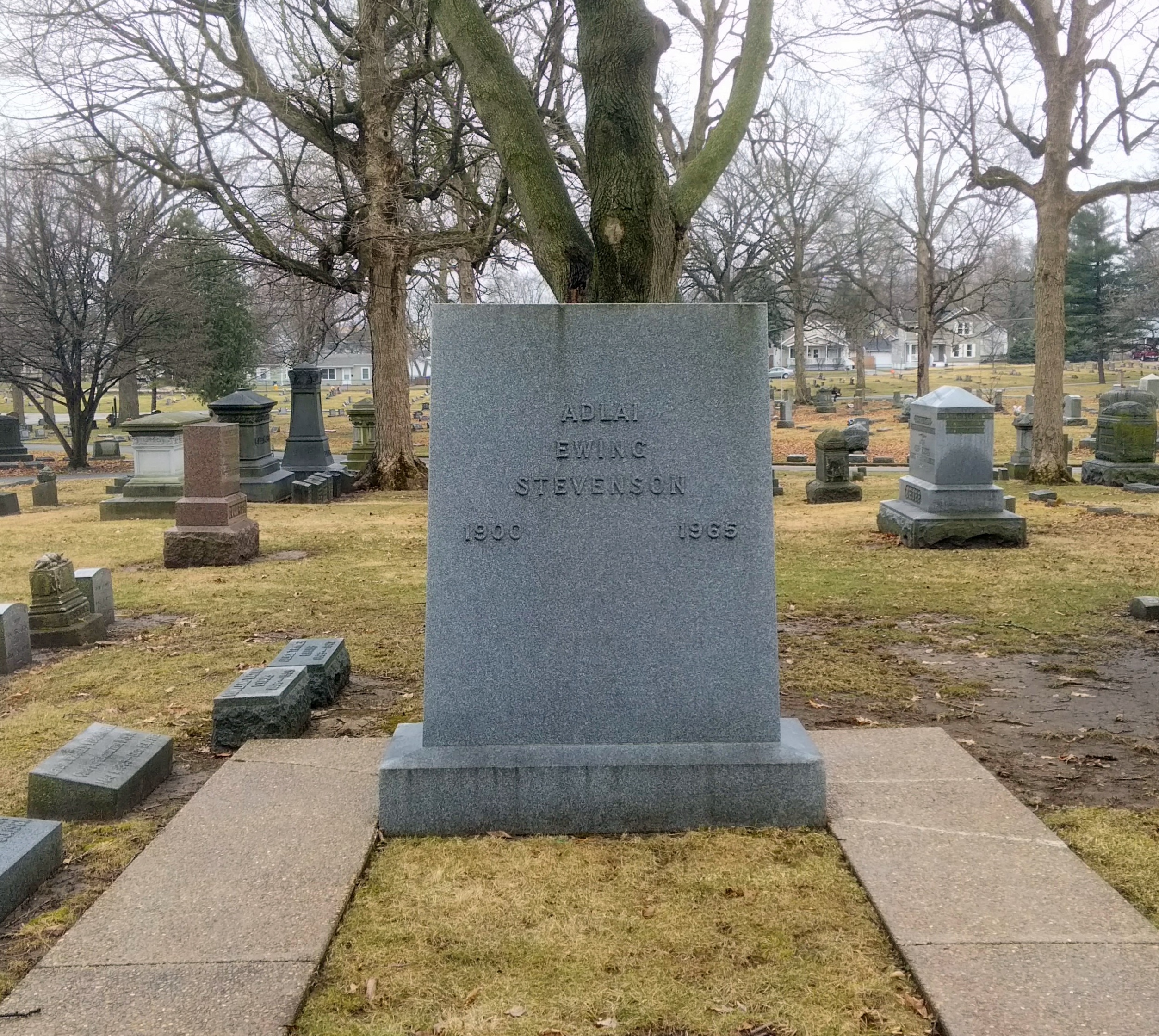
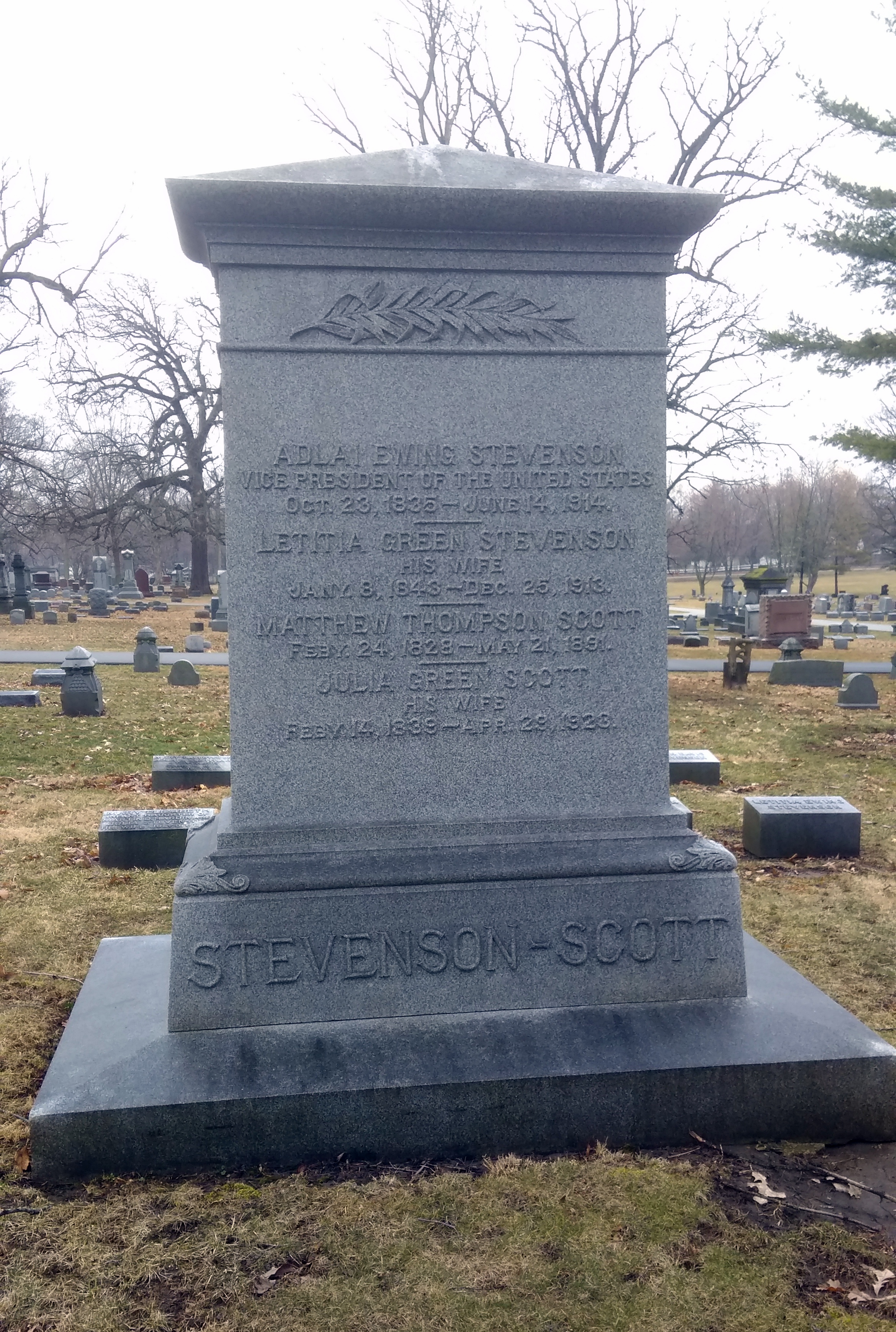
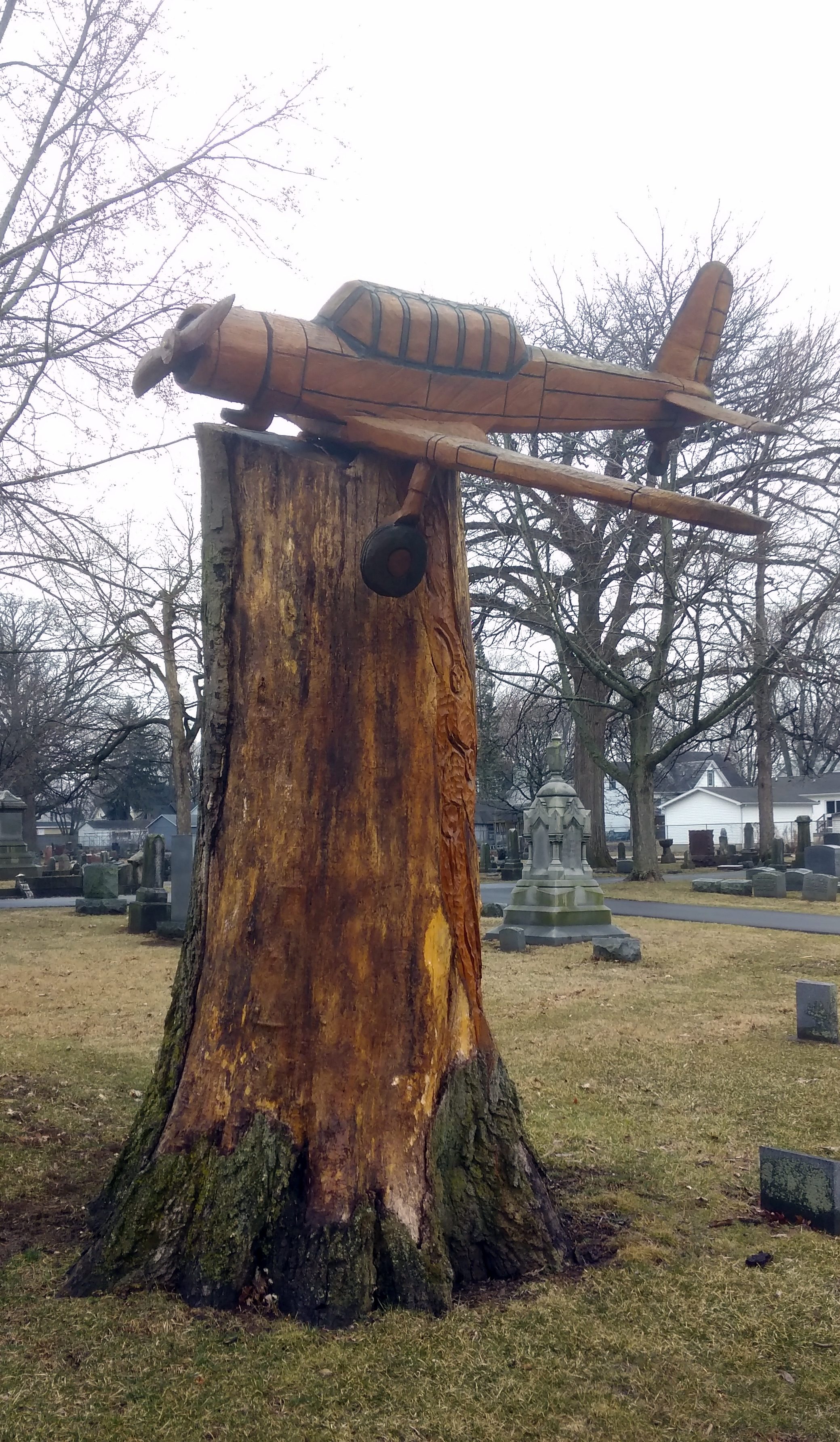
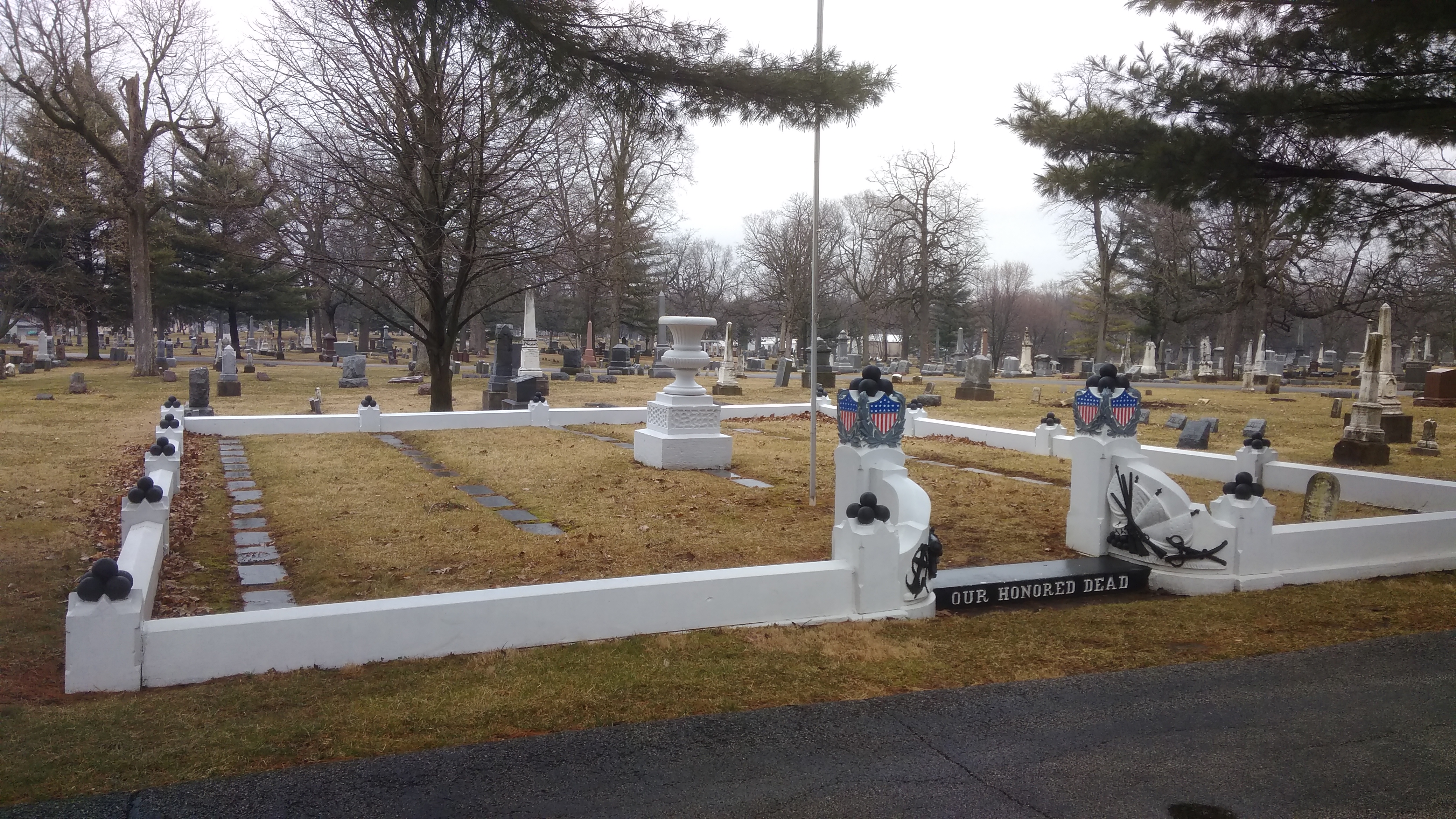

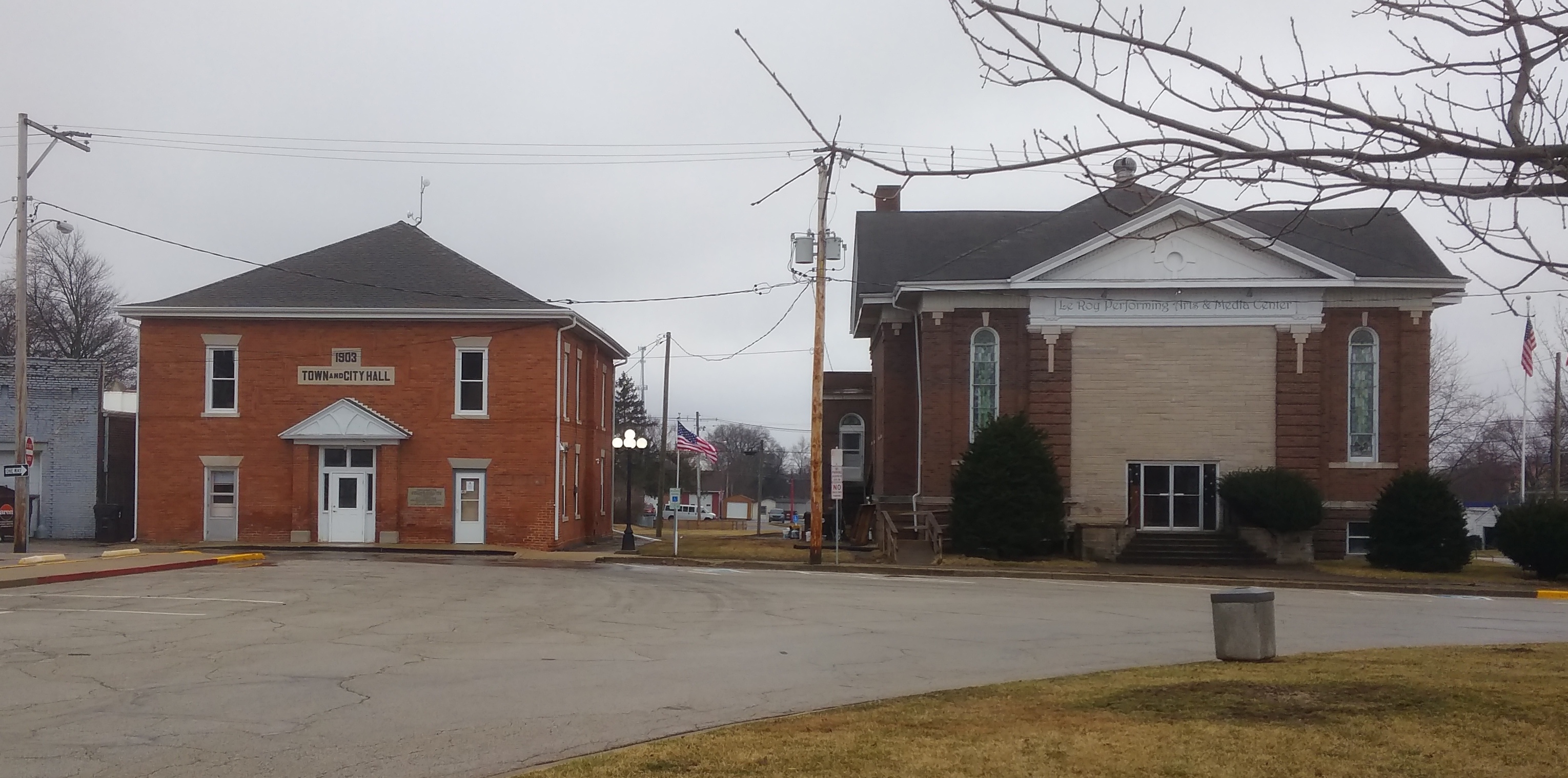
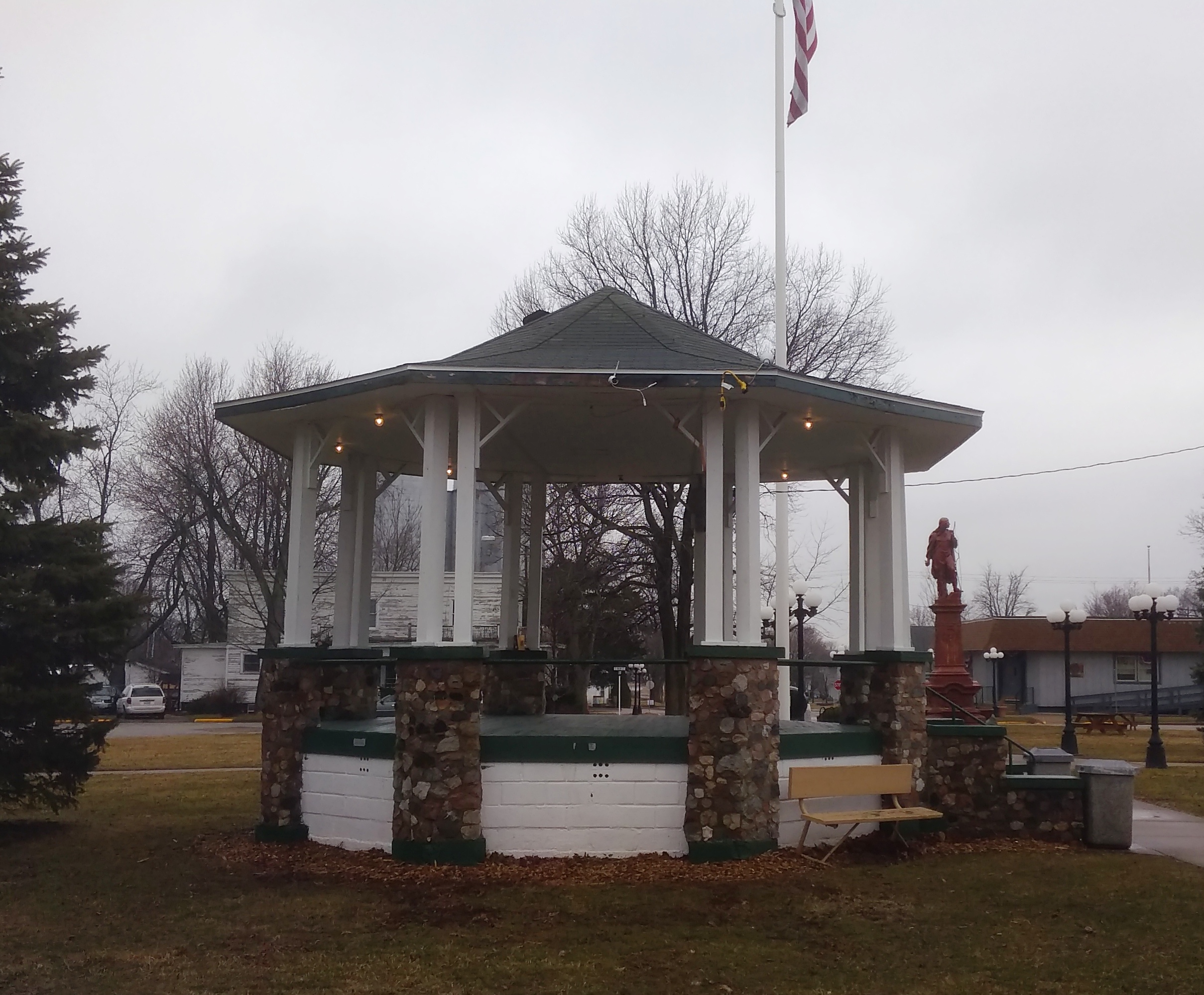 There are also smaller memorials, such as one to all U.S. service men and women, and one to honor Victor, LeRoy Police K-9 Officer from 2005 to 2012.
There are also smaller memorials, such as one to all U.S. service men and women, and one to honor Victor, LeRoy Police K-9 Officer from 2005 to 2012.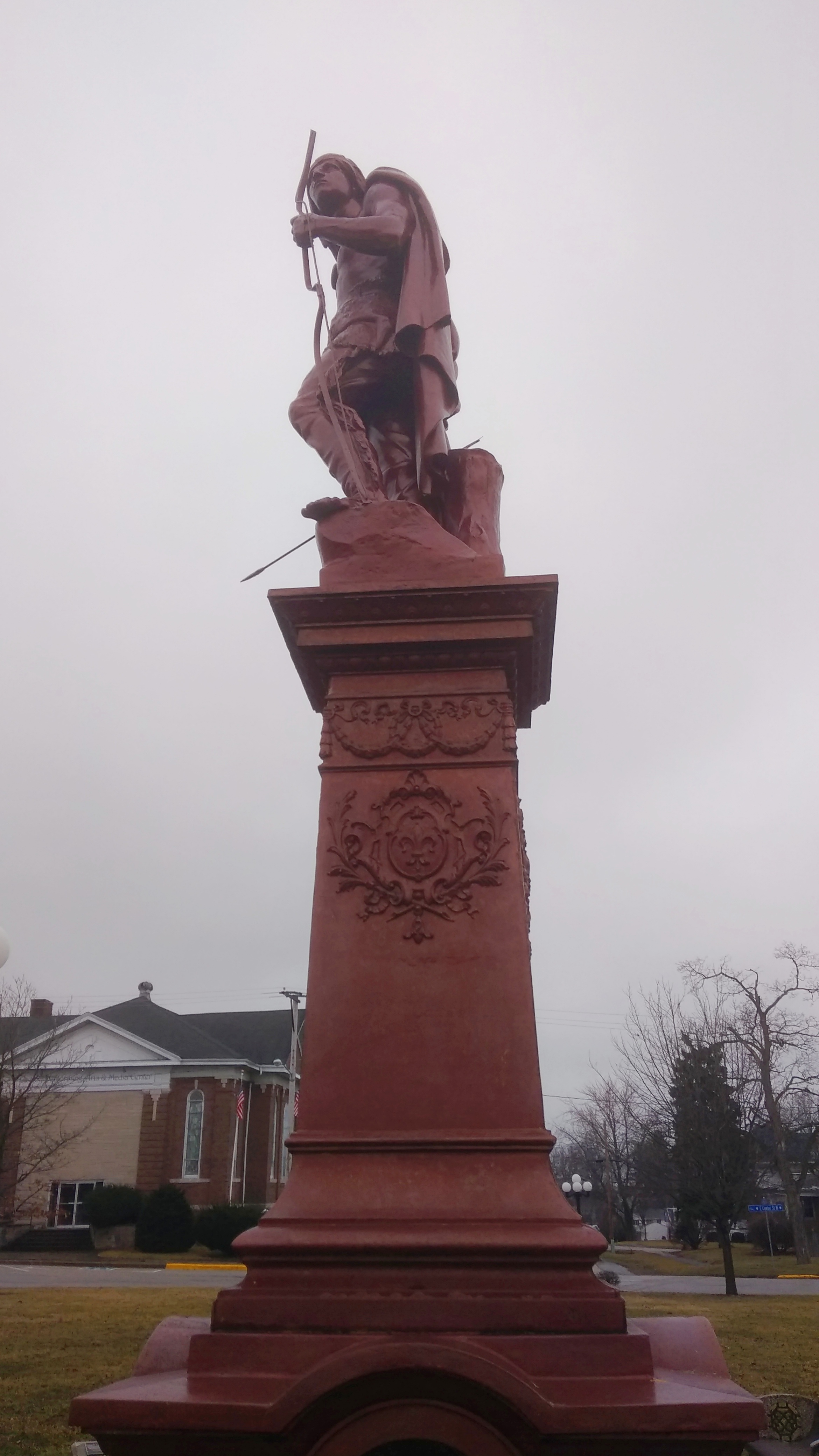
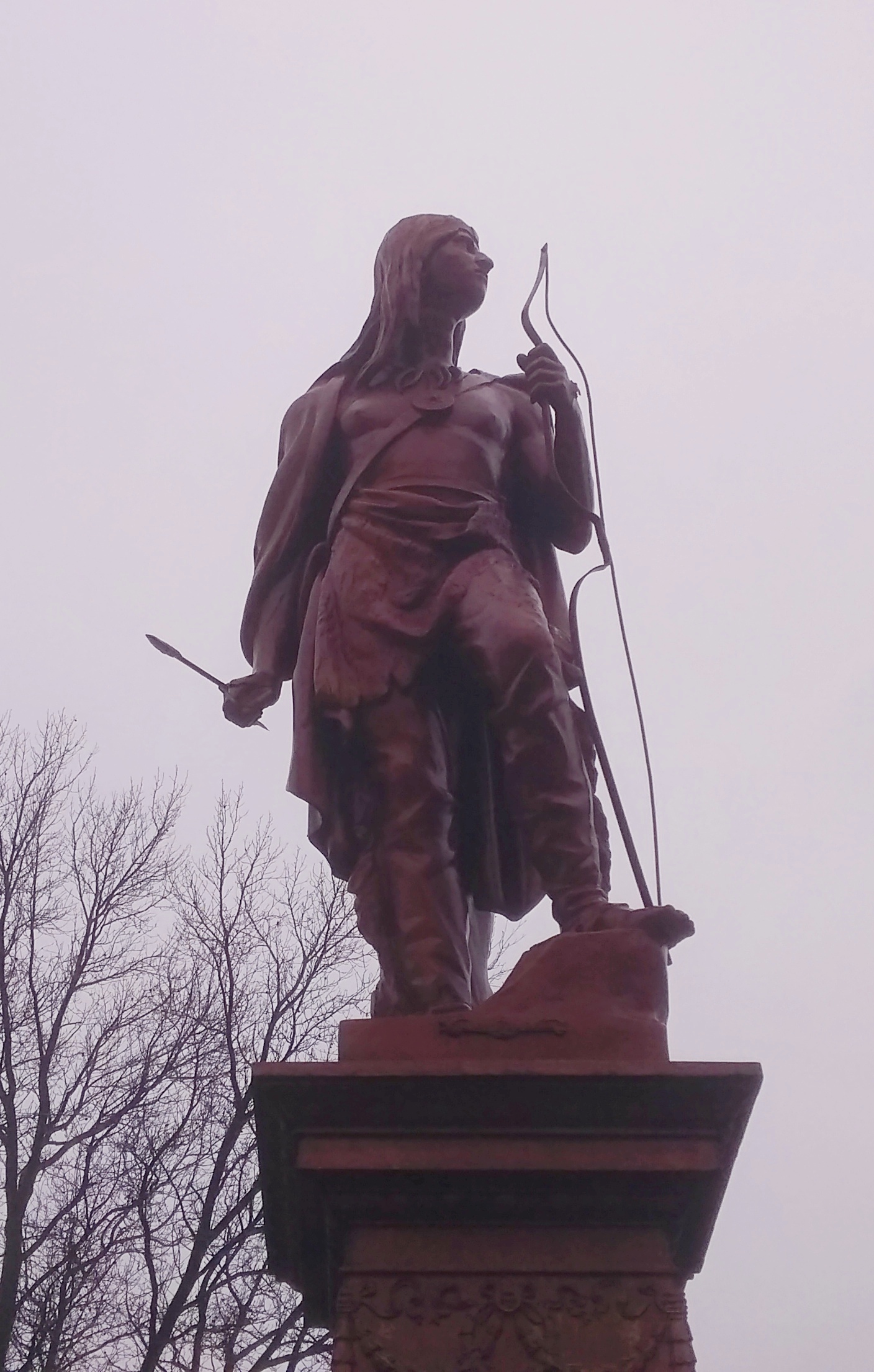
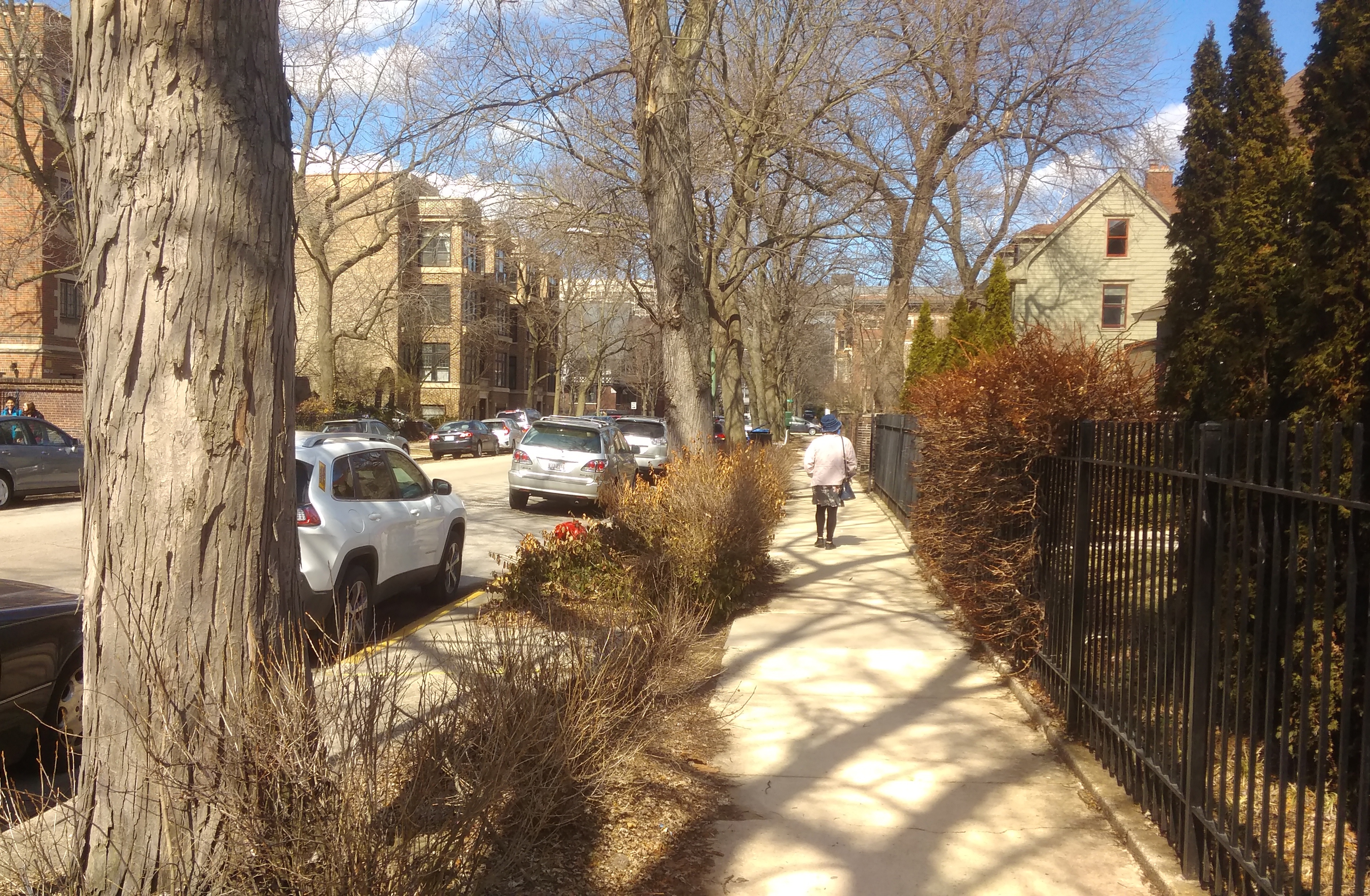

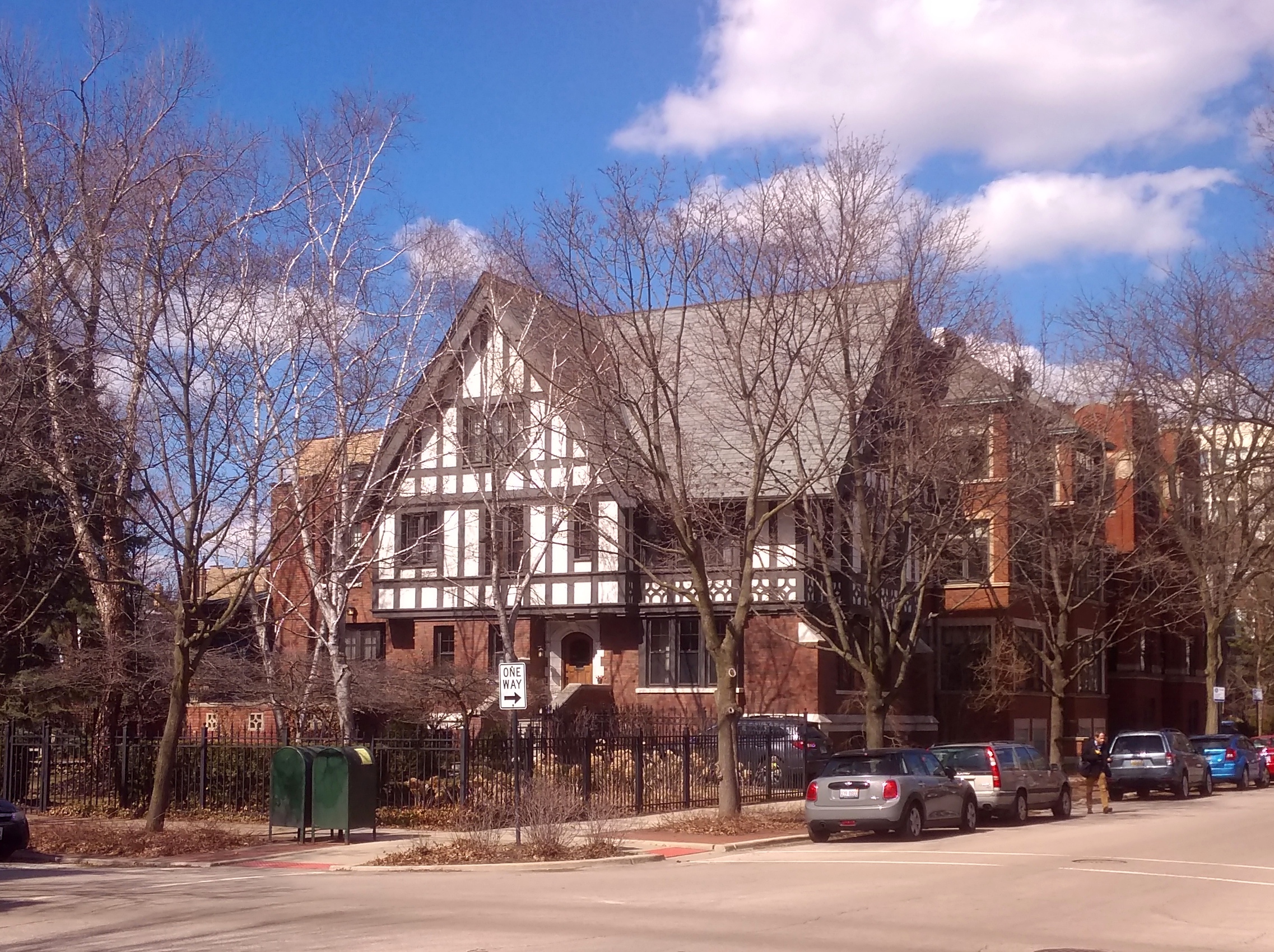
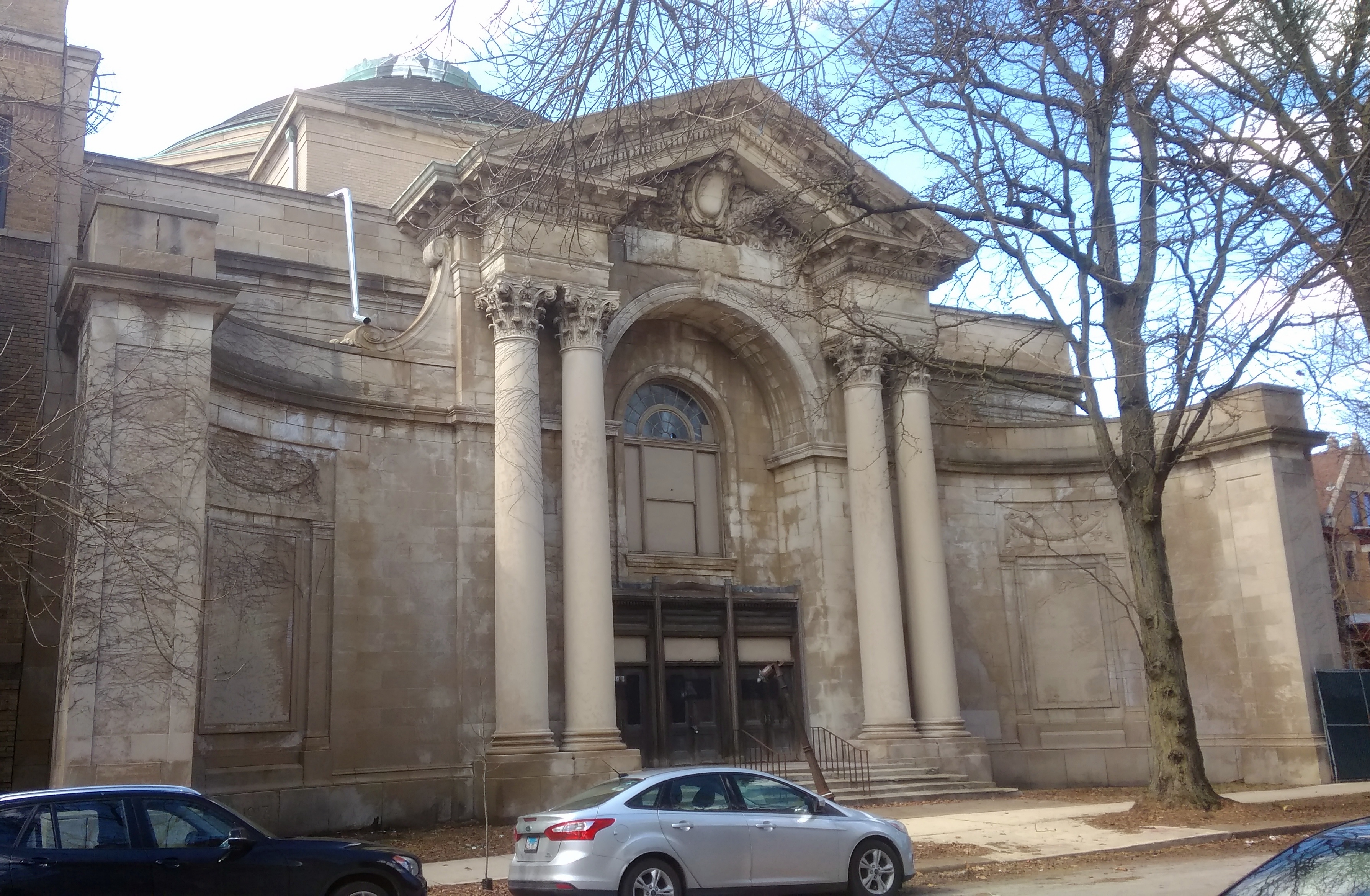
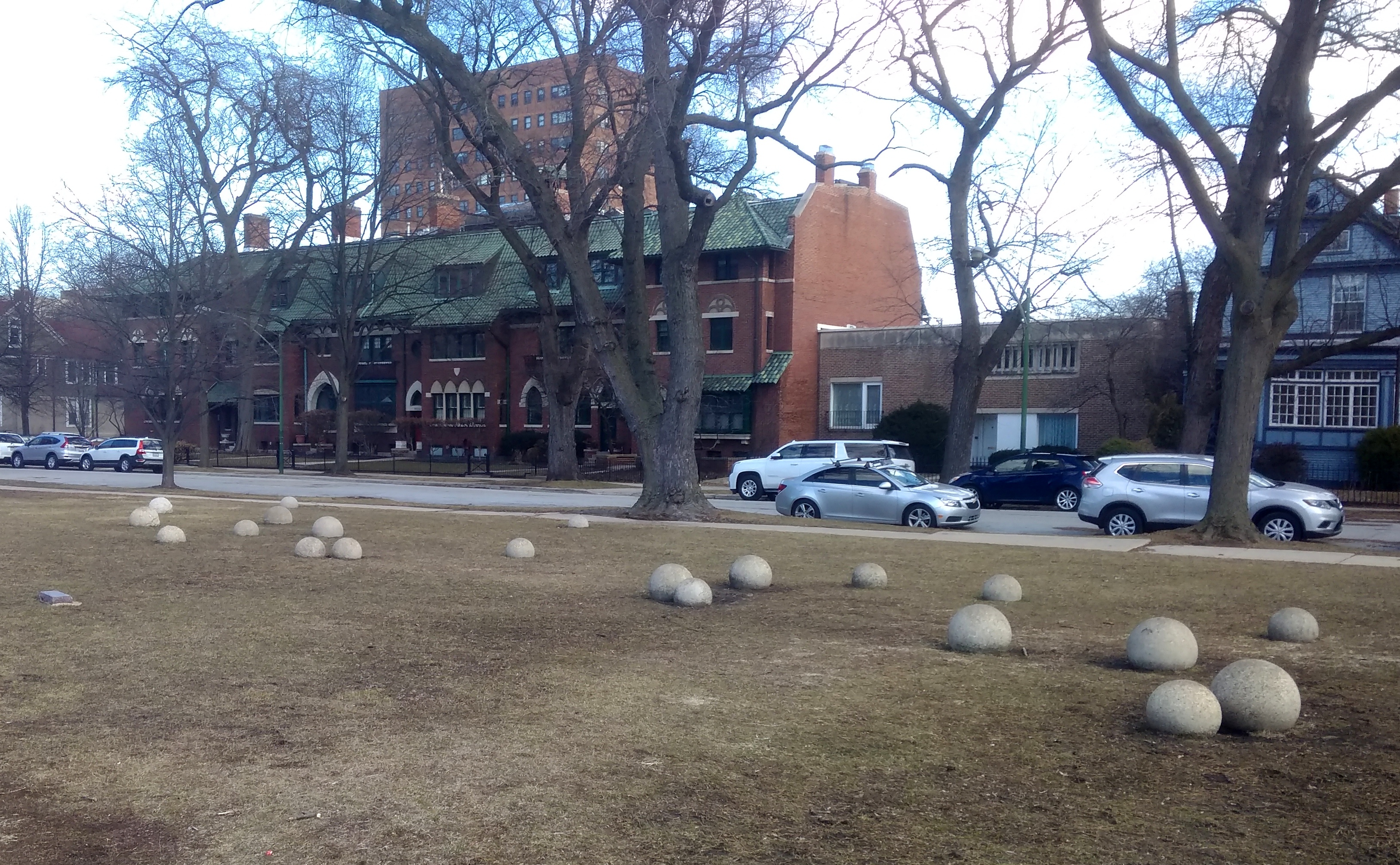
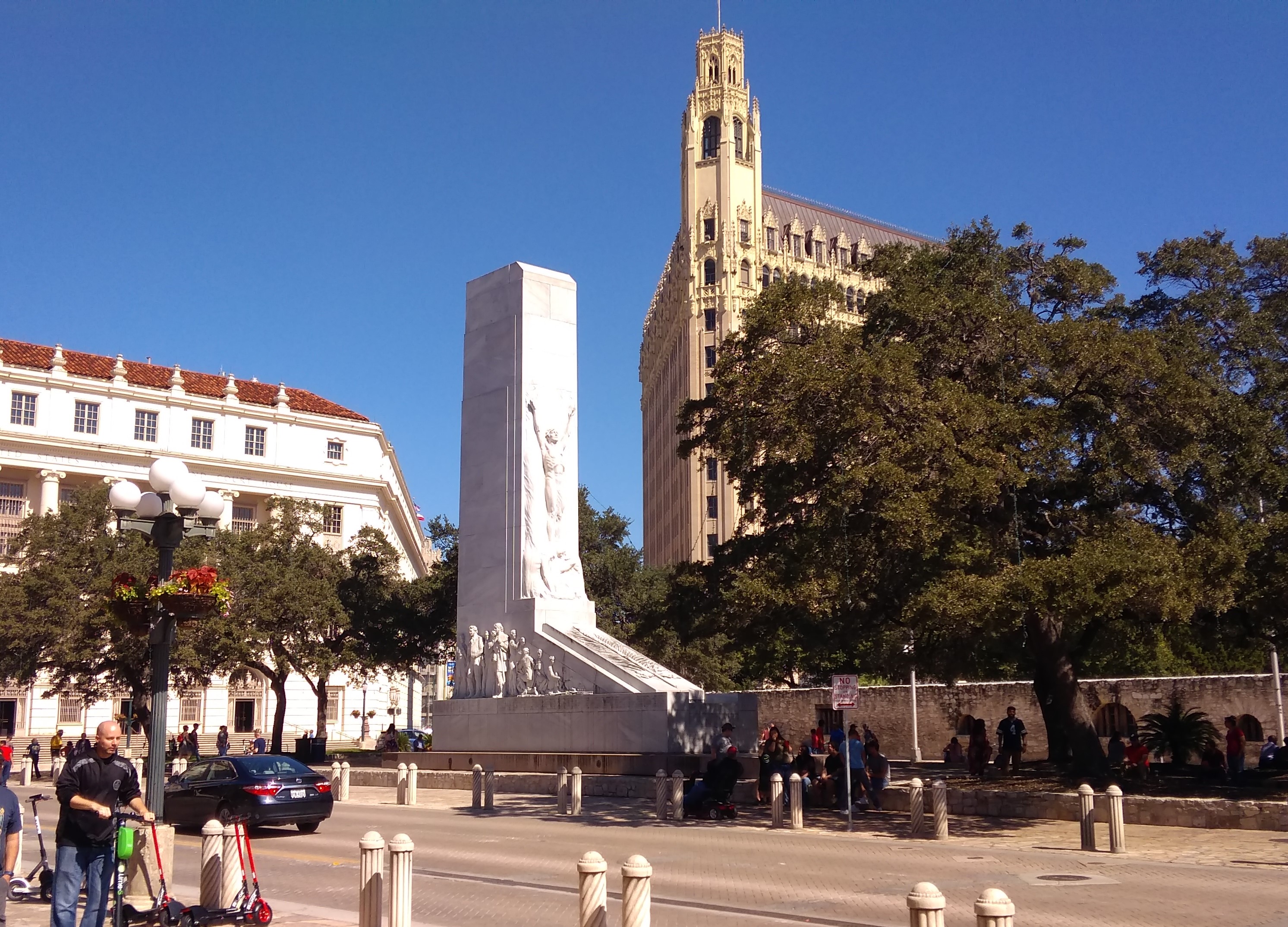
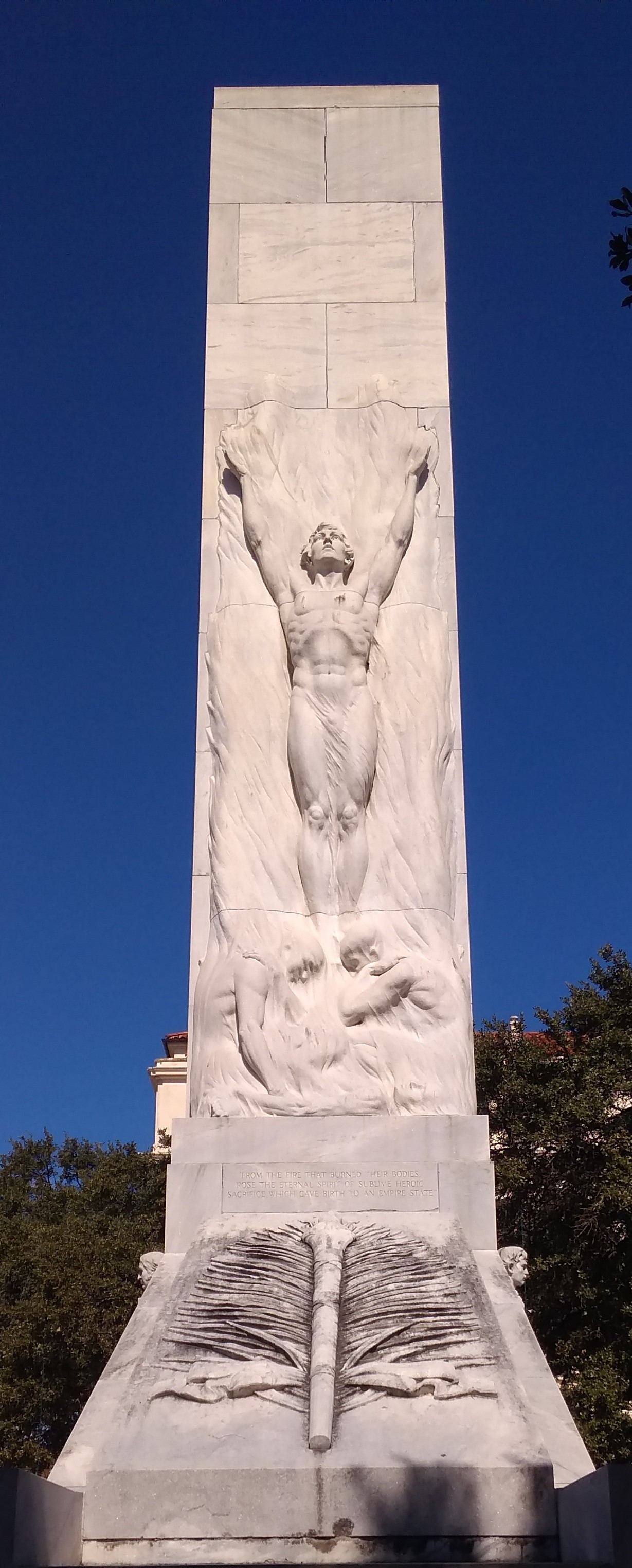
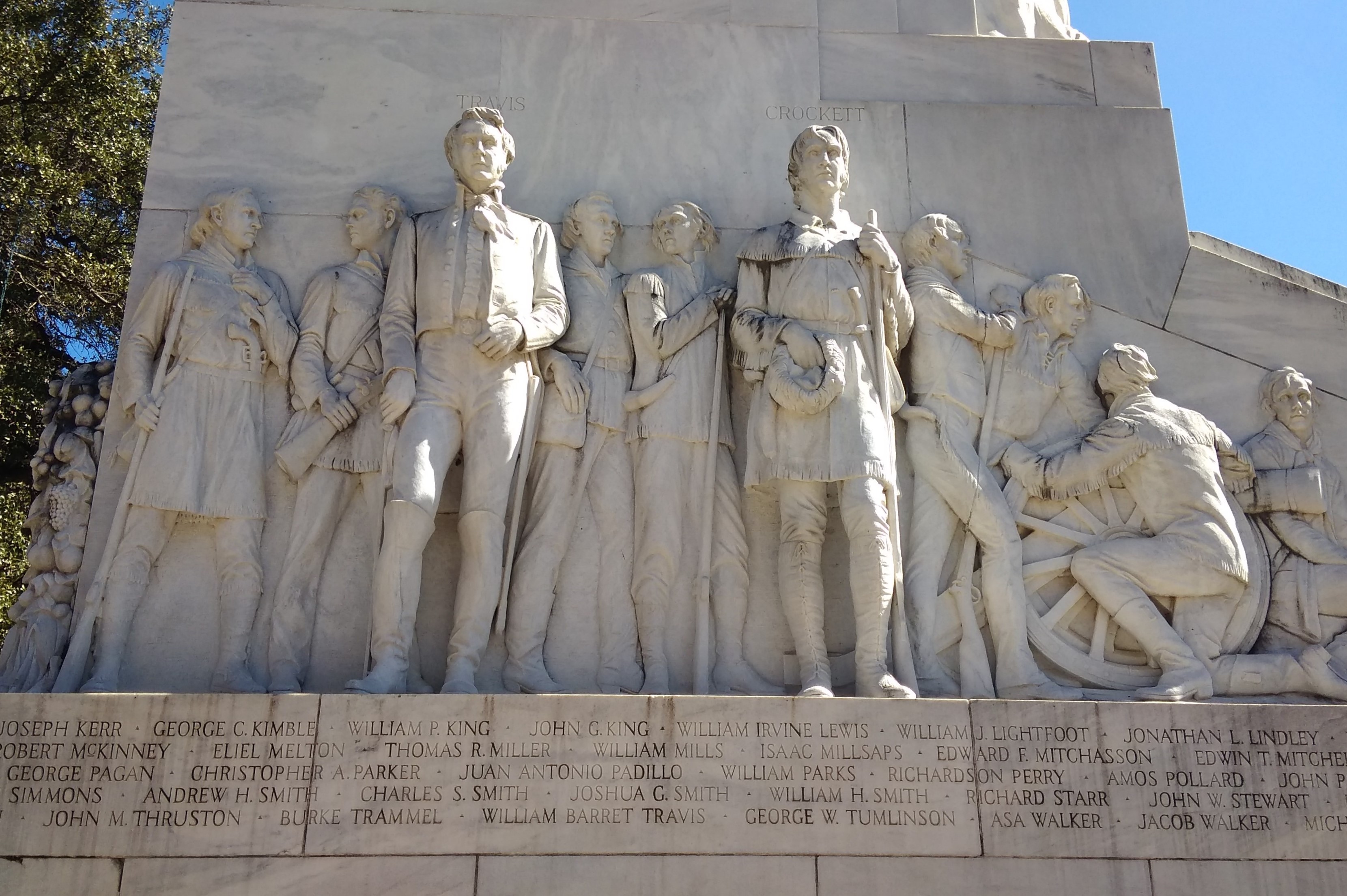
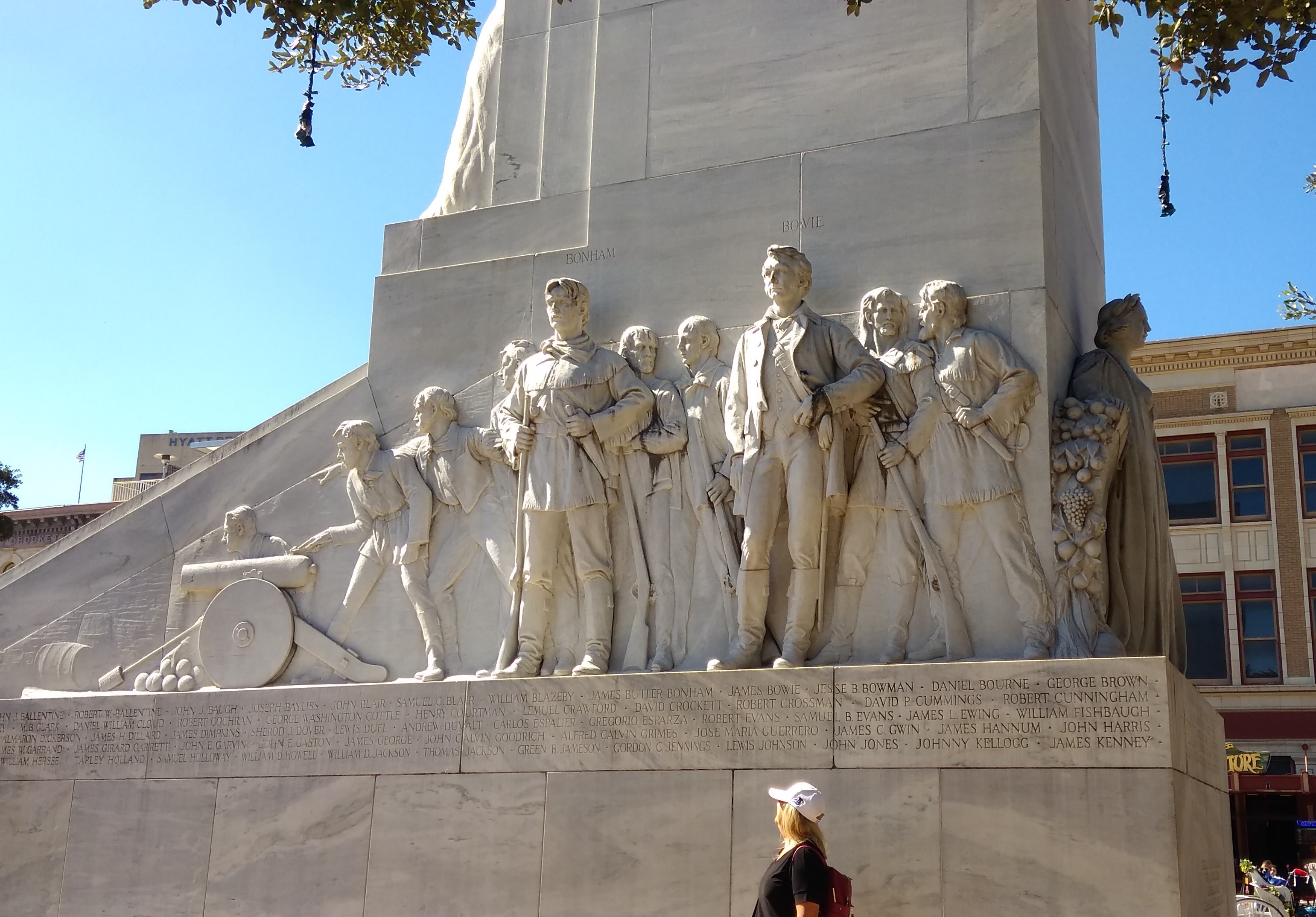
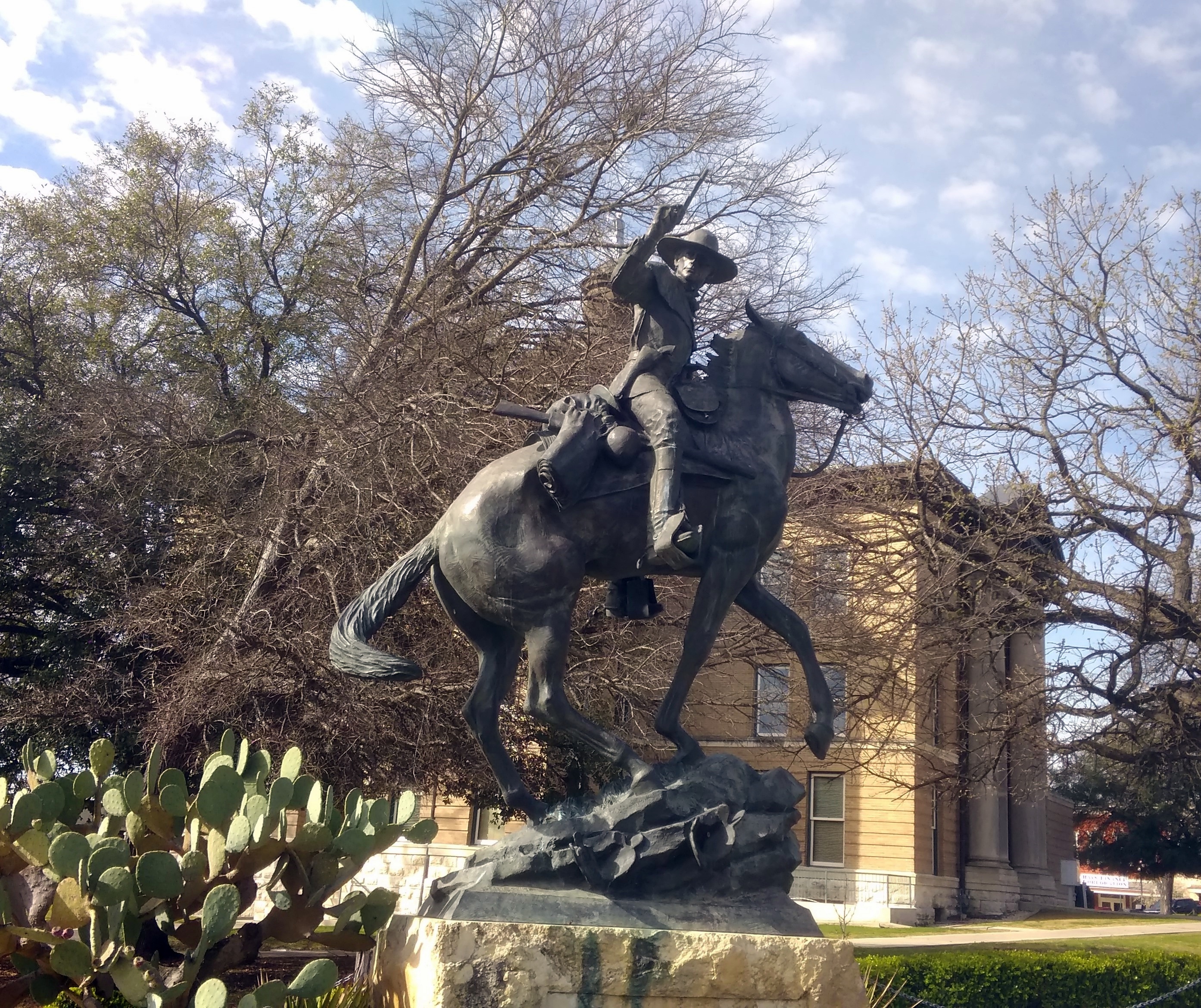
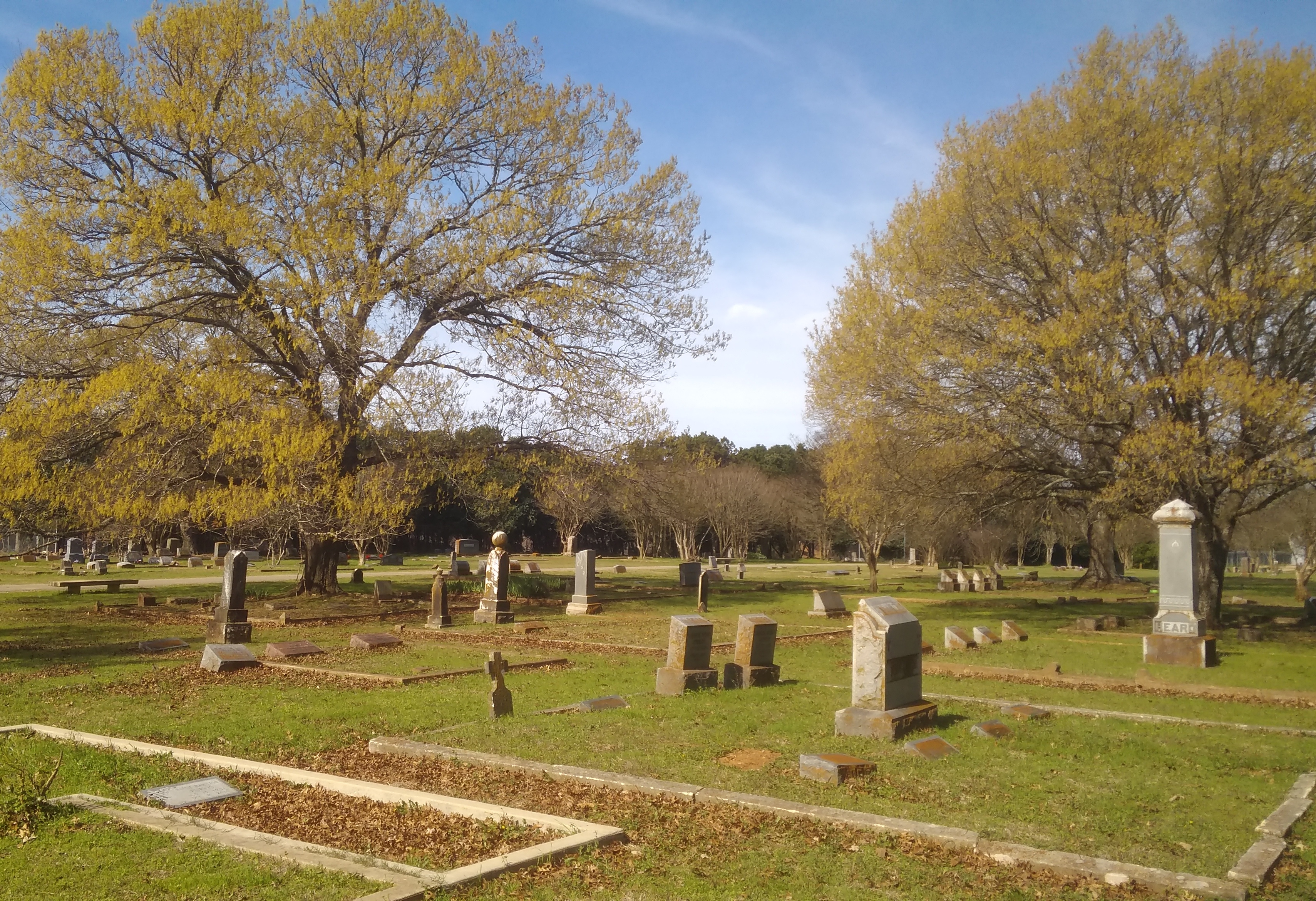

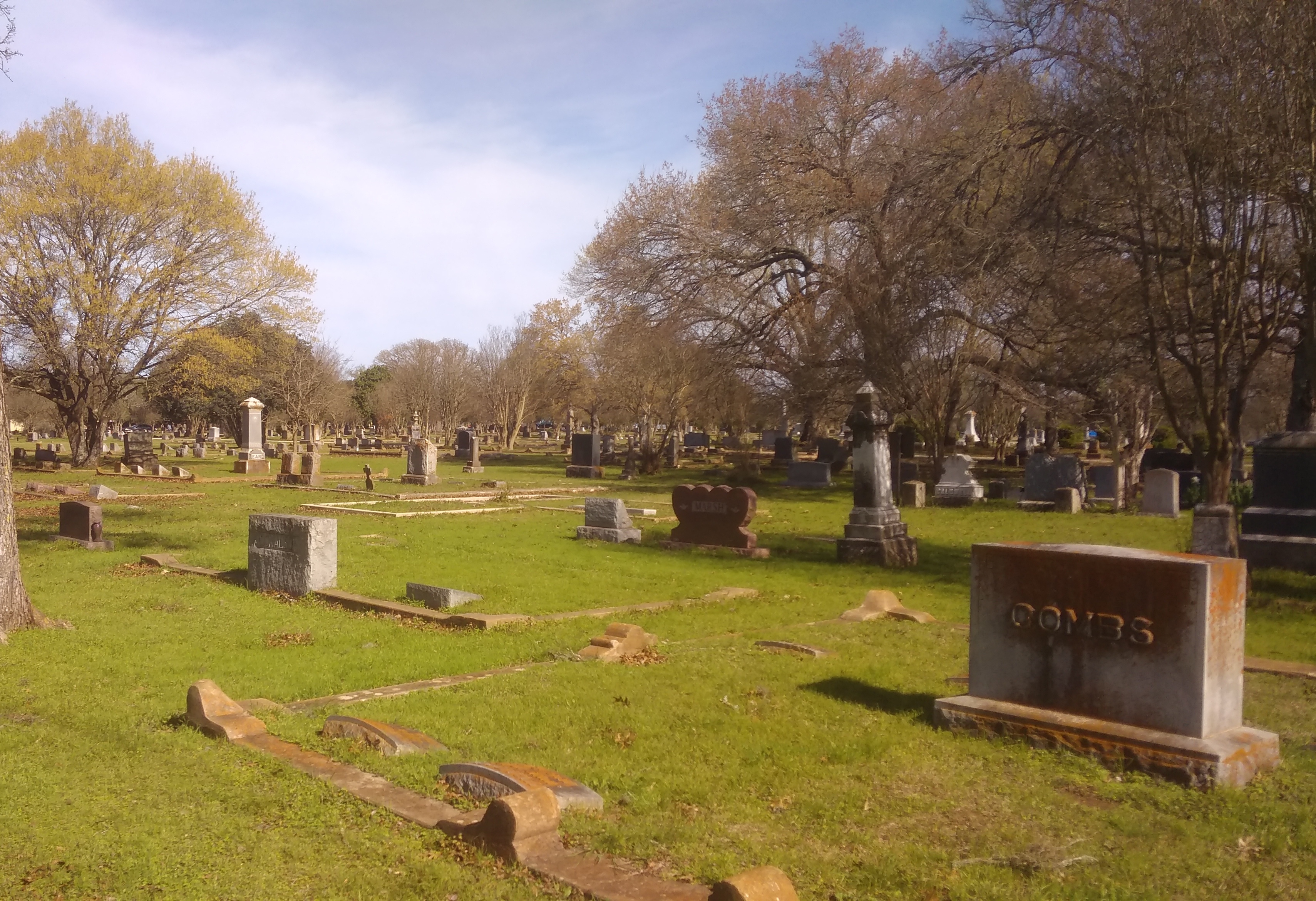
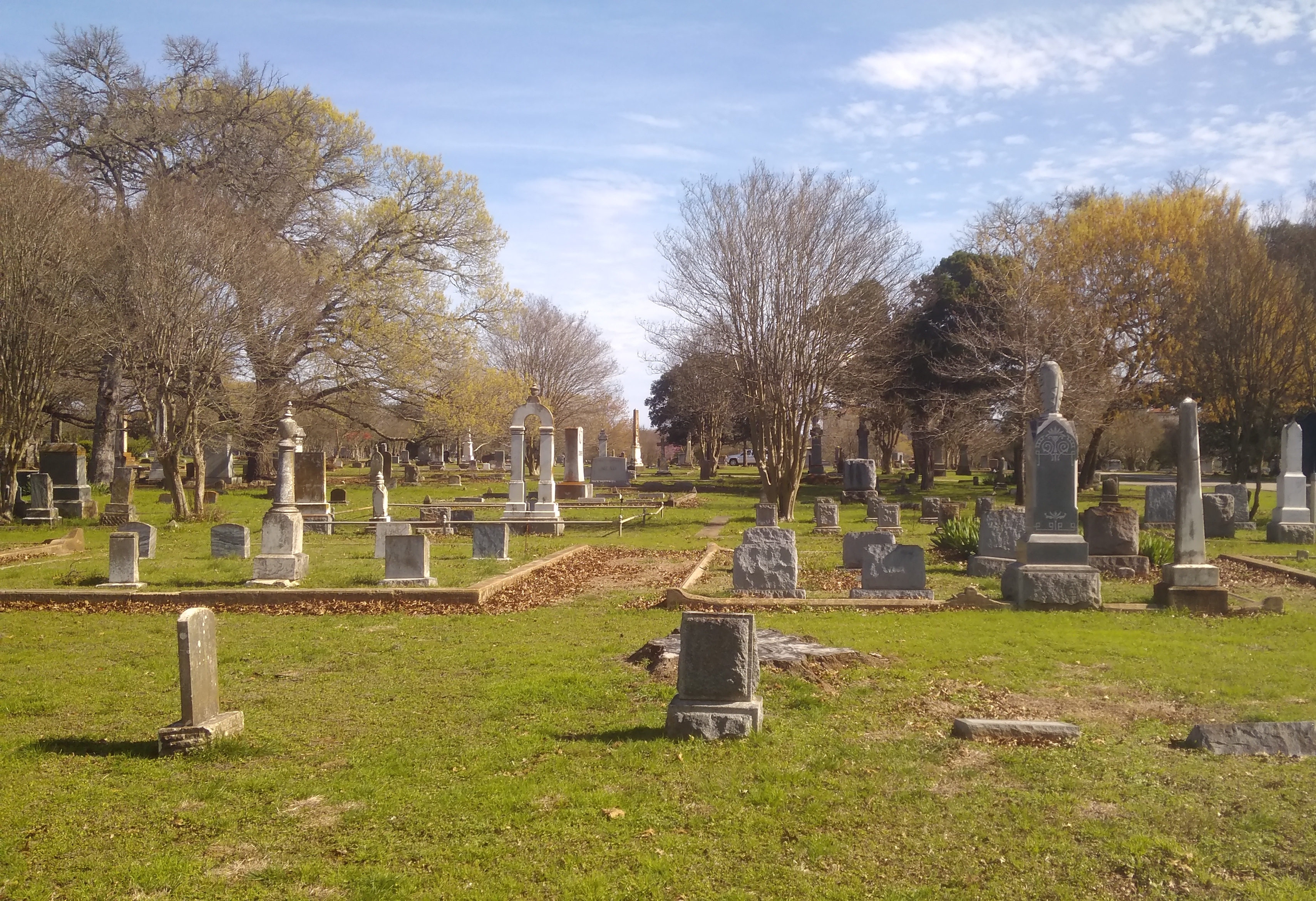
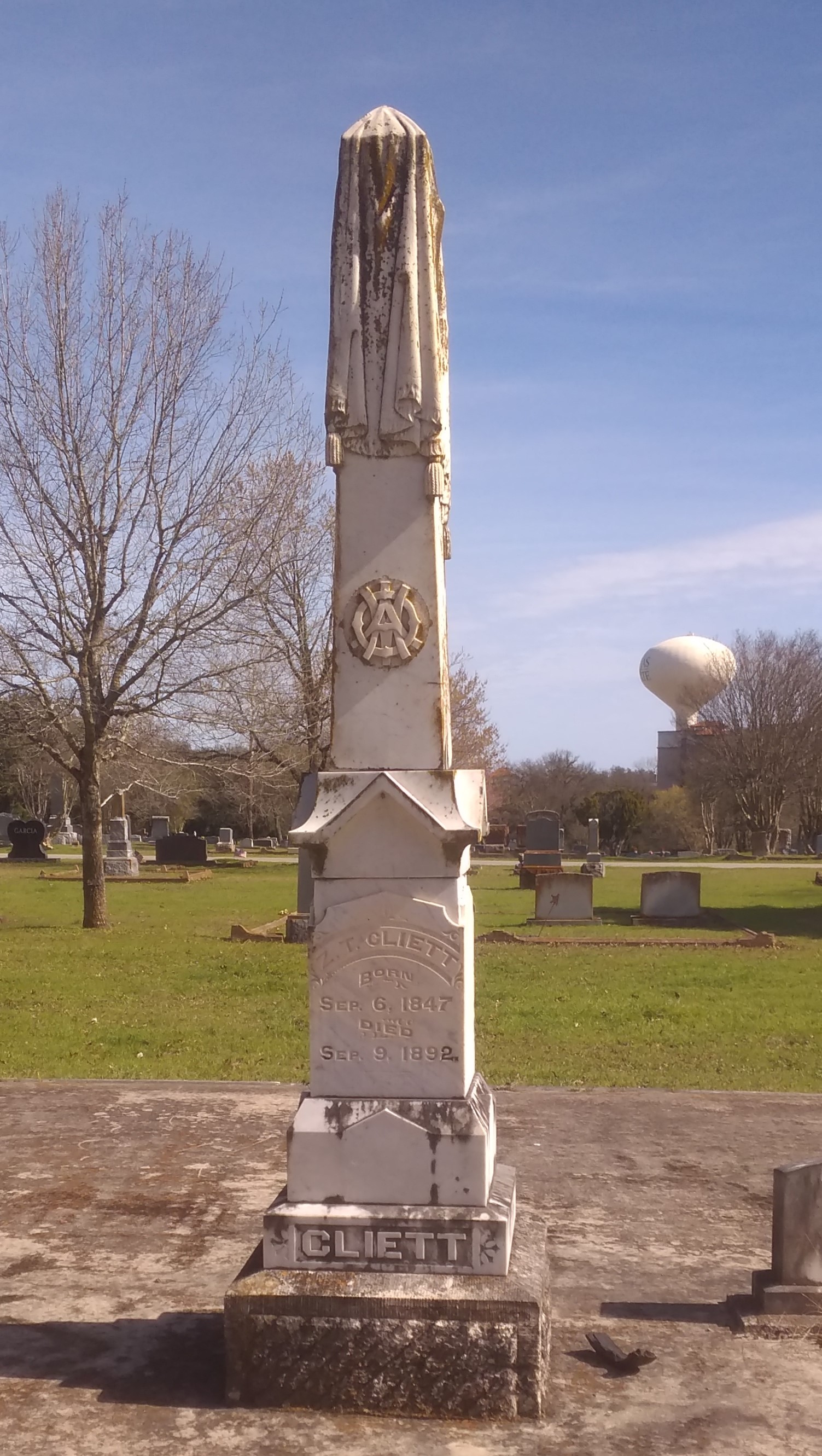
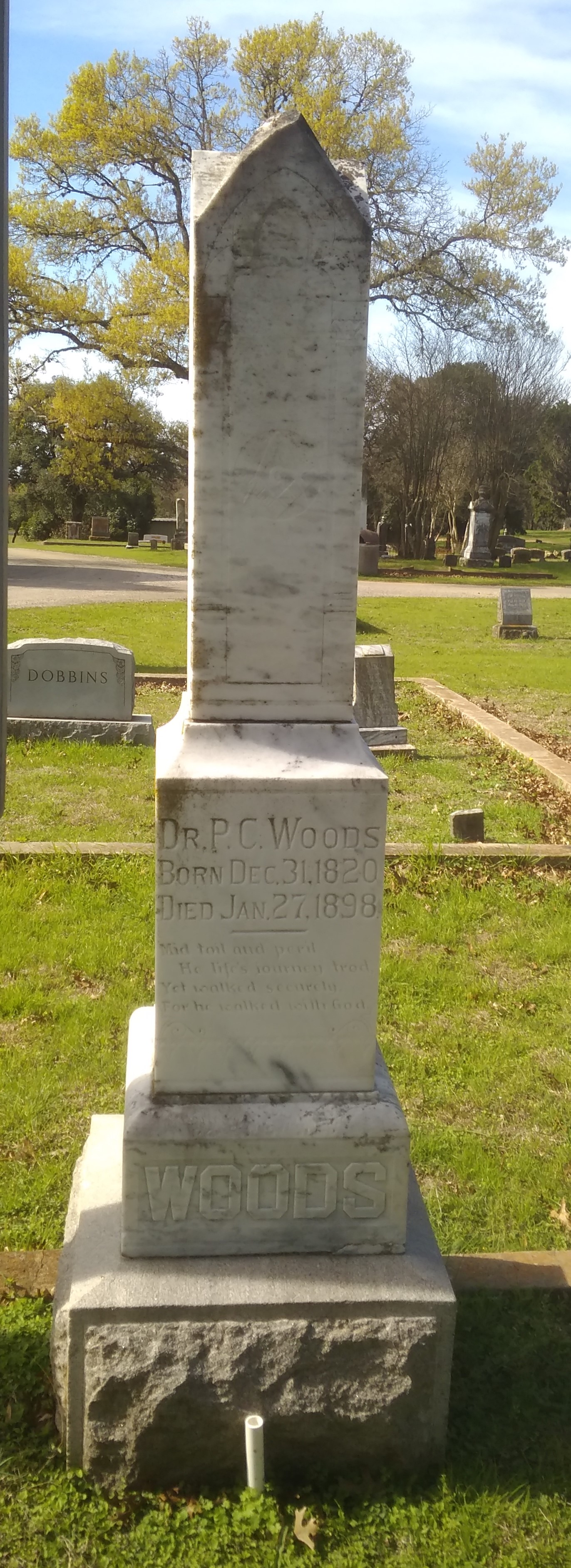
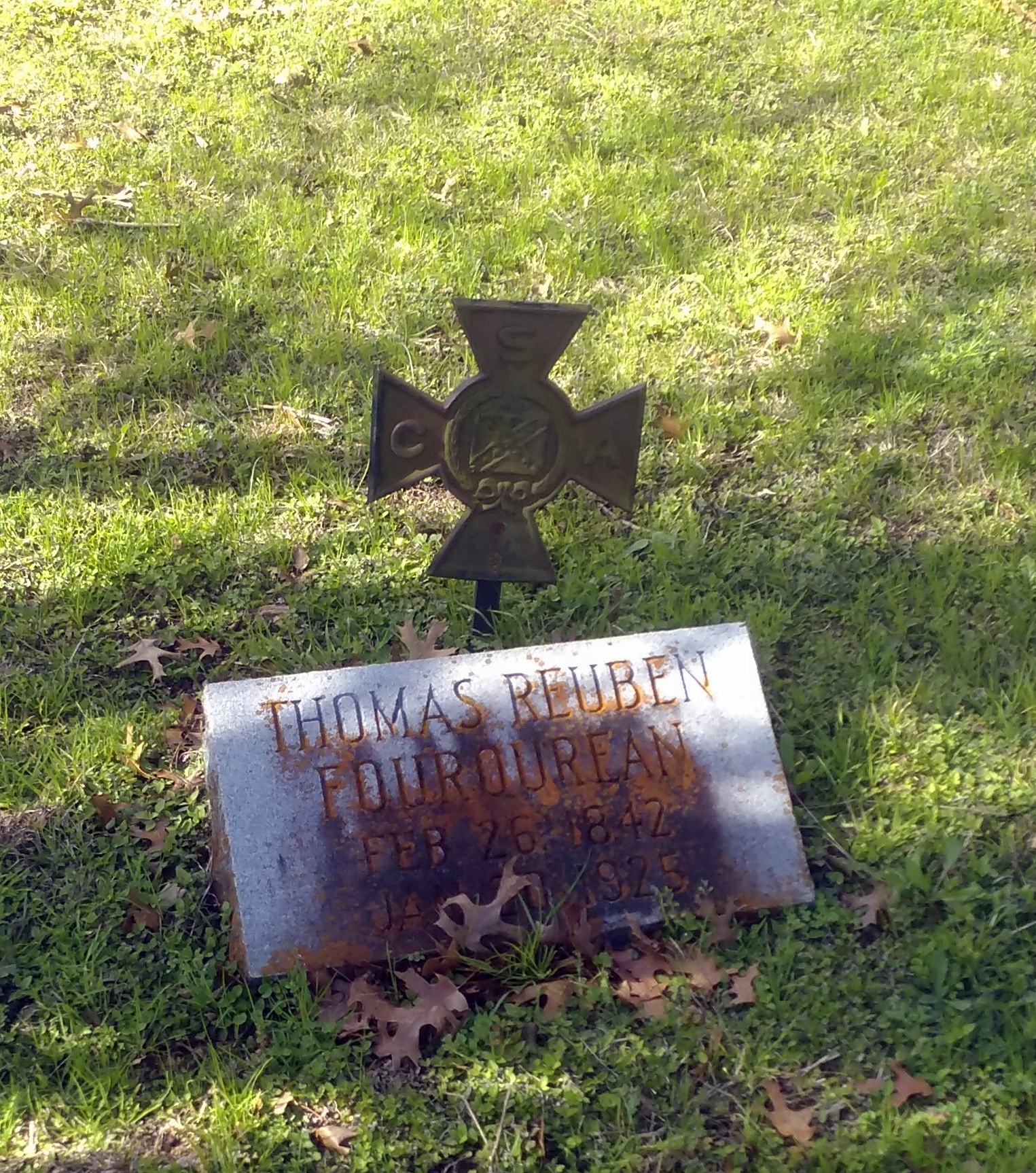
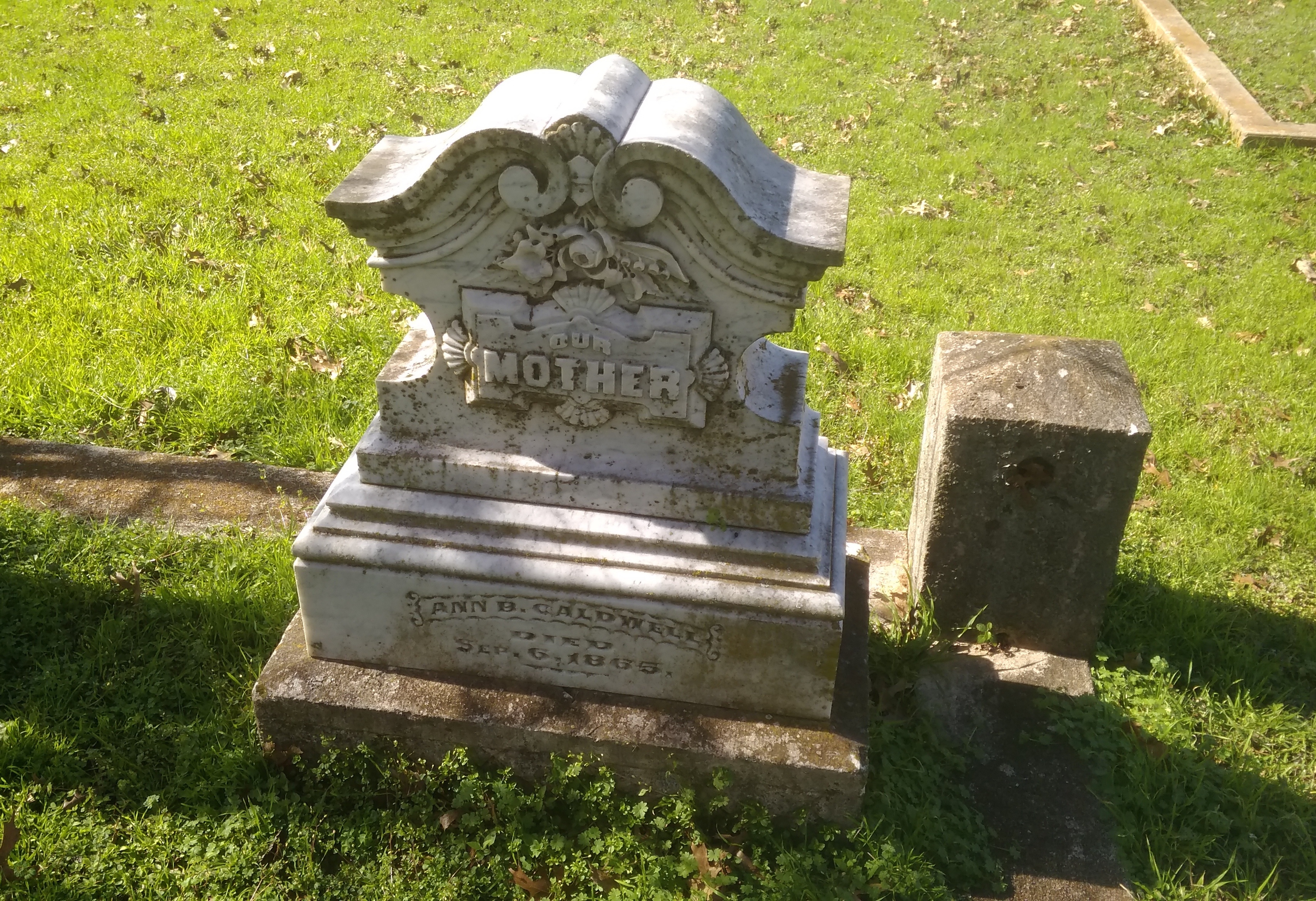
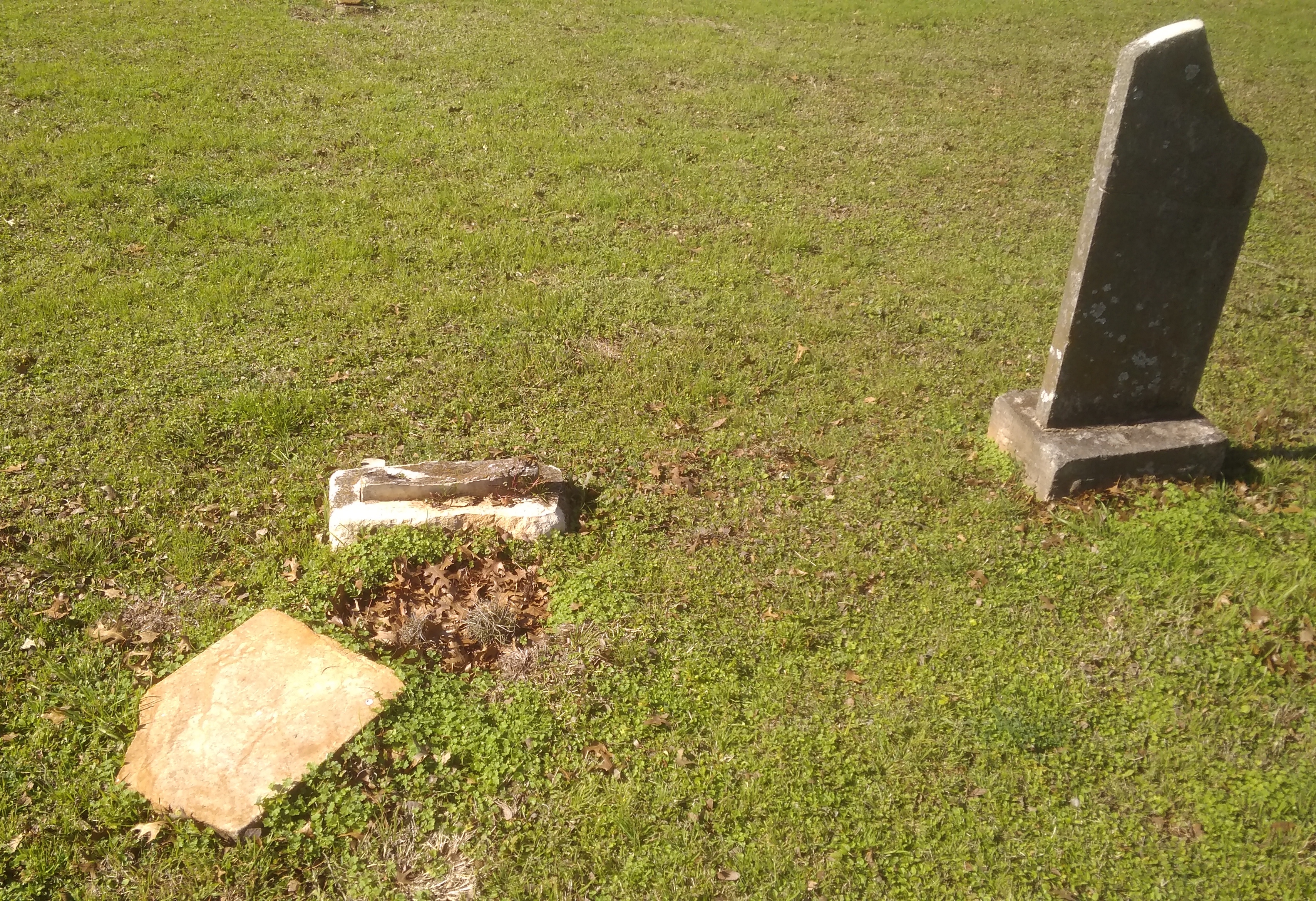
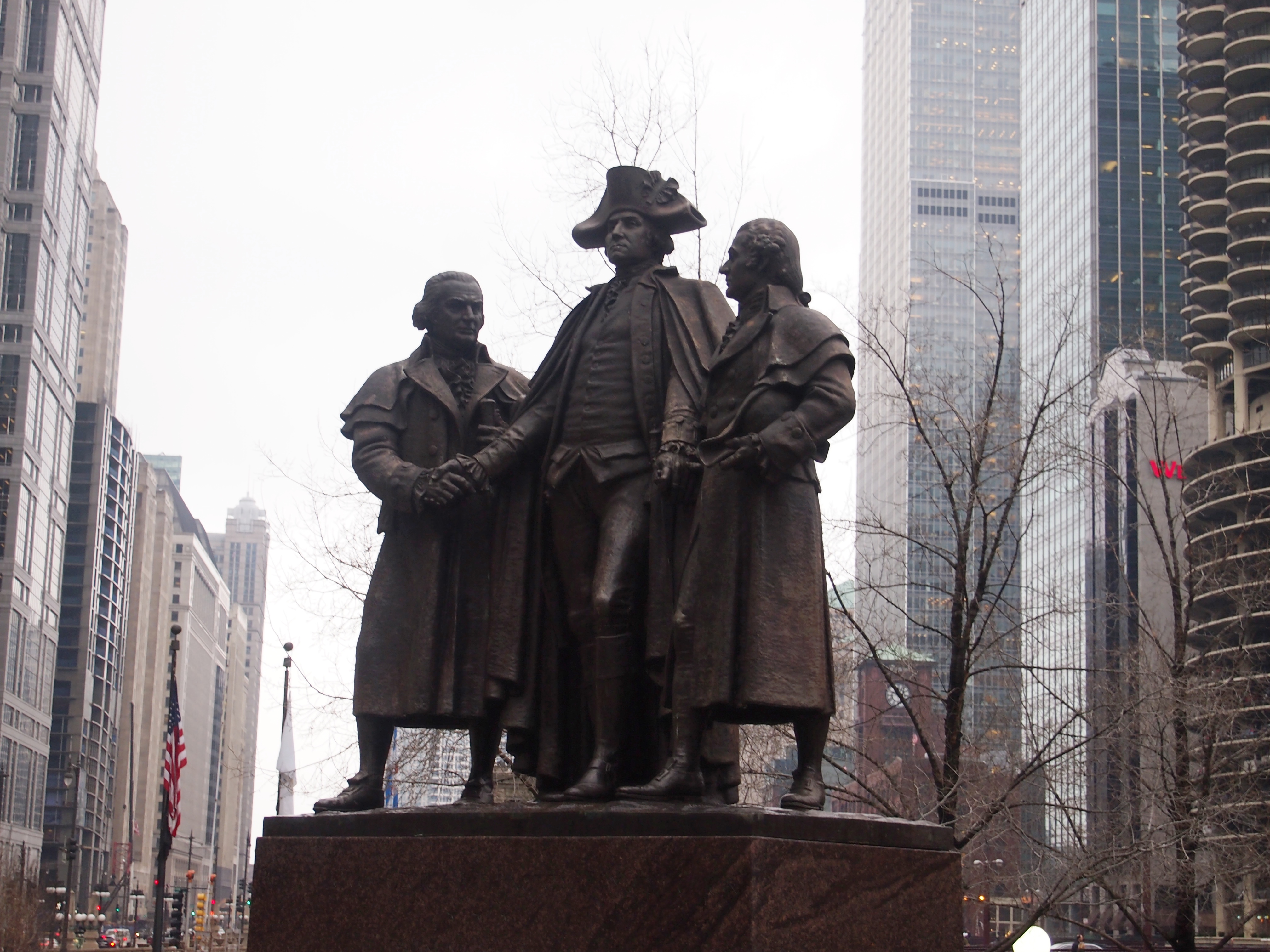
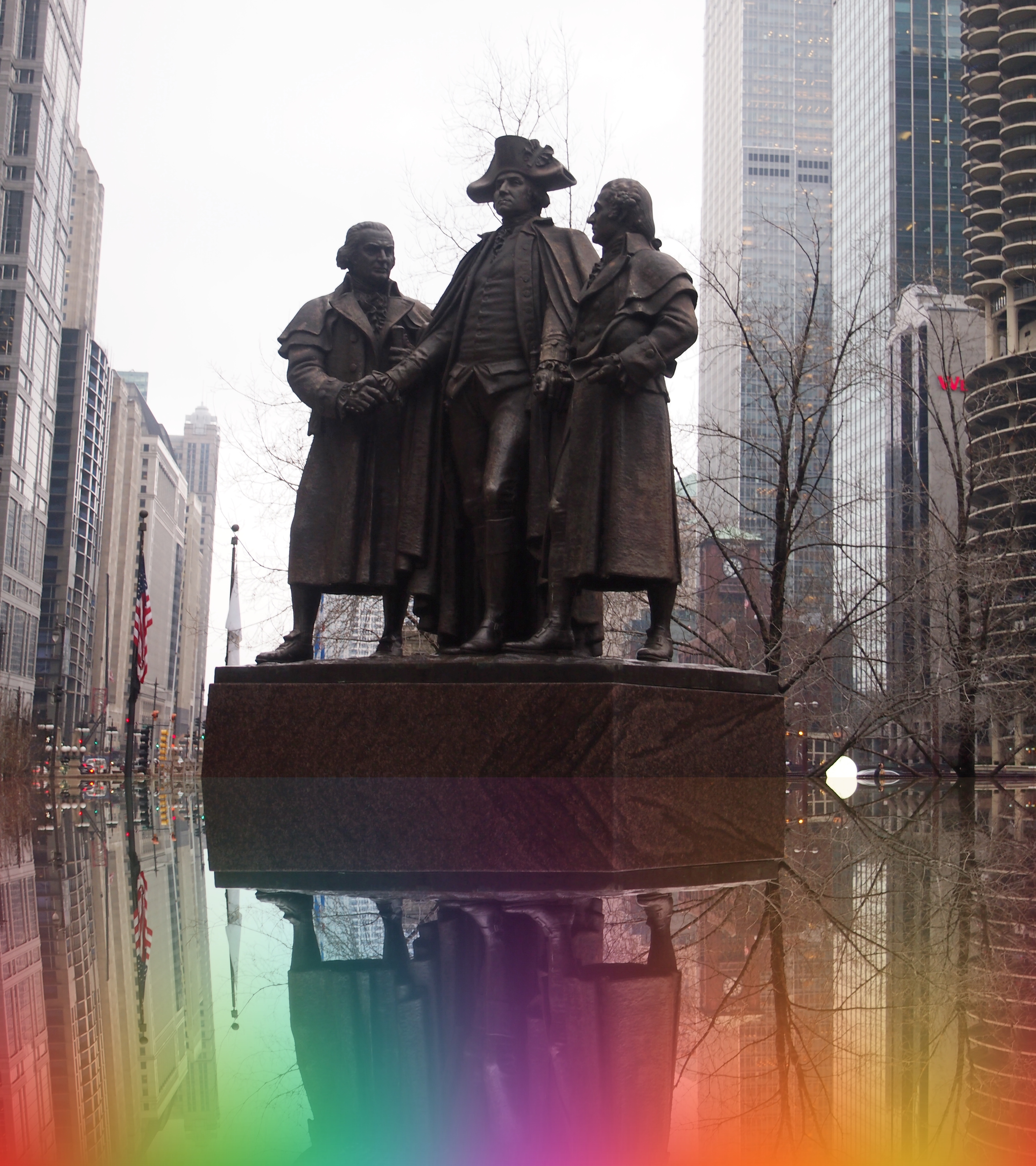
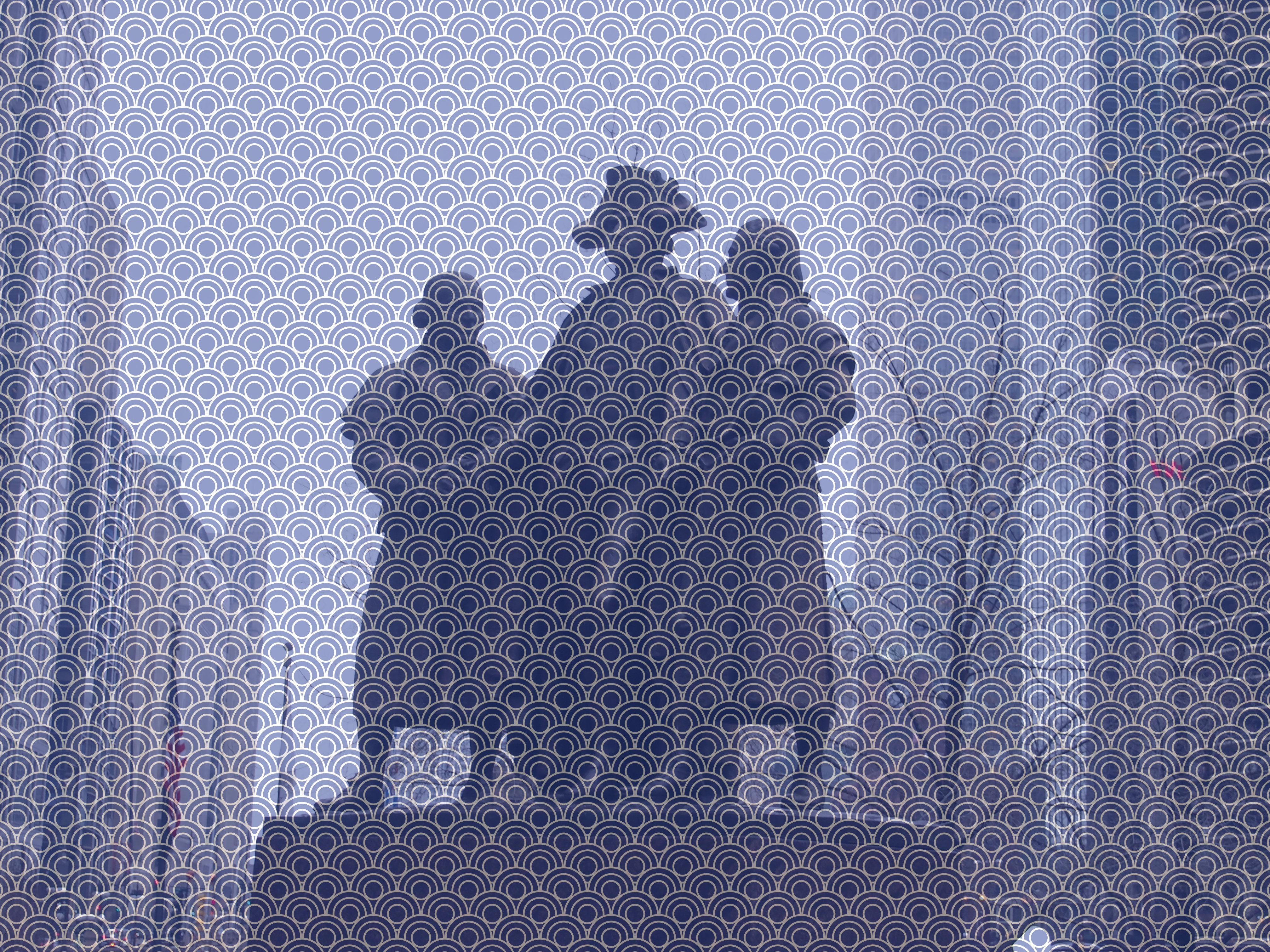
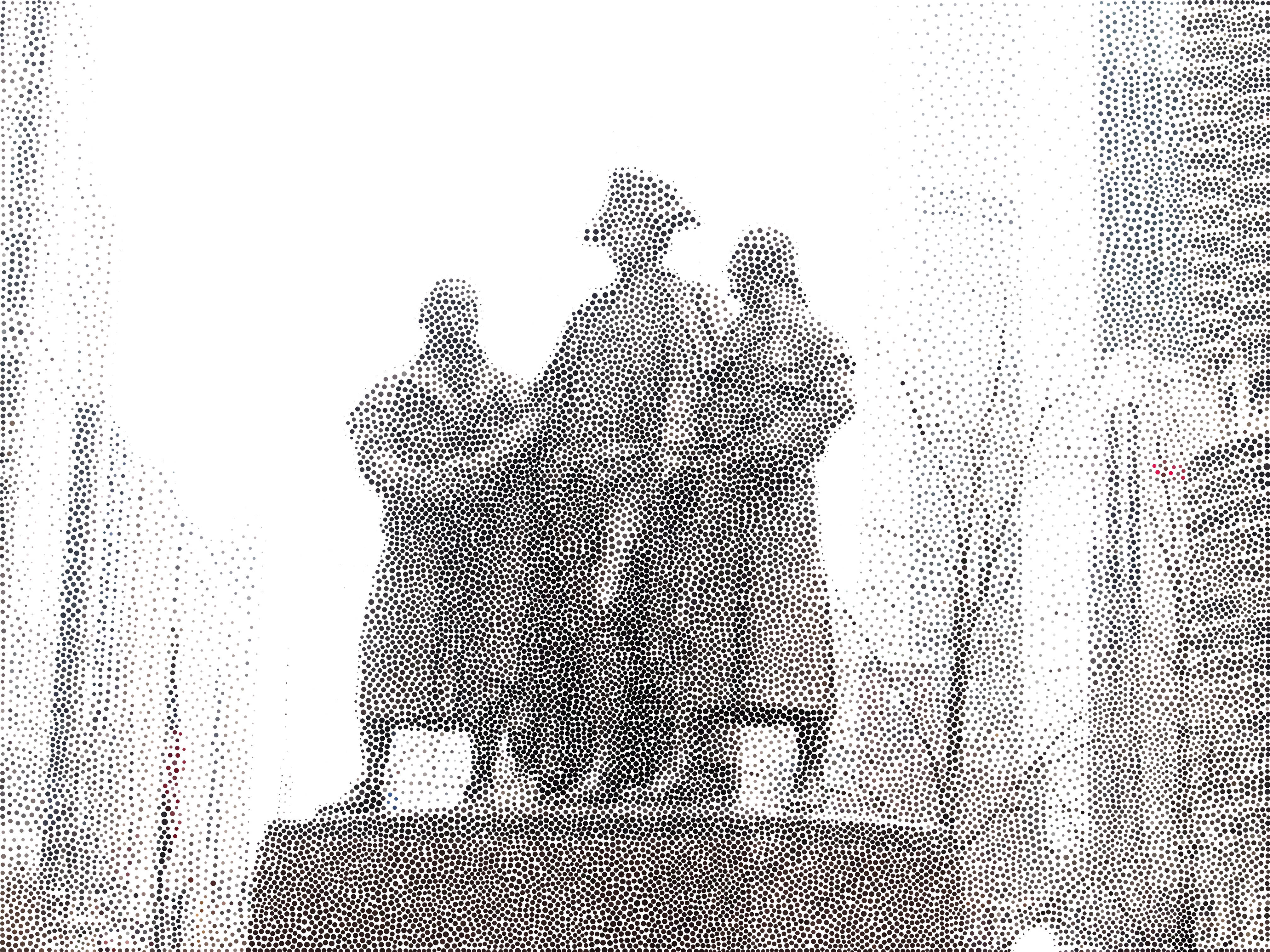
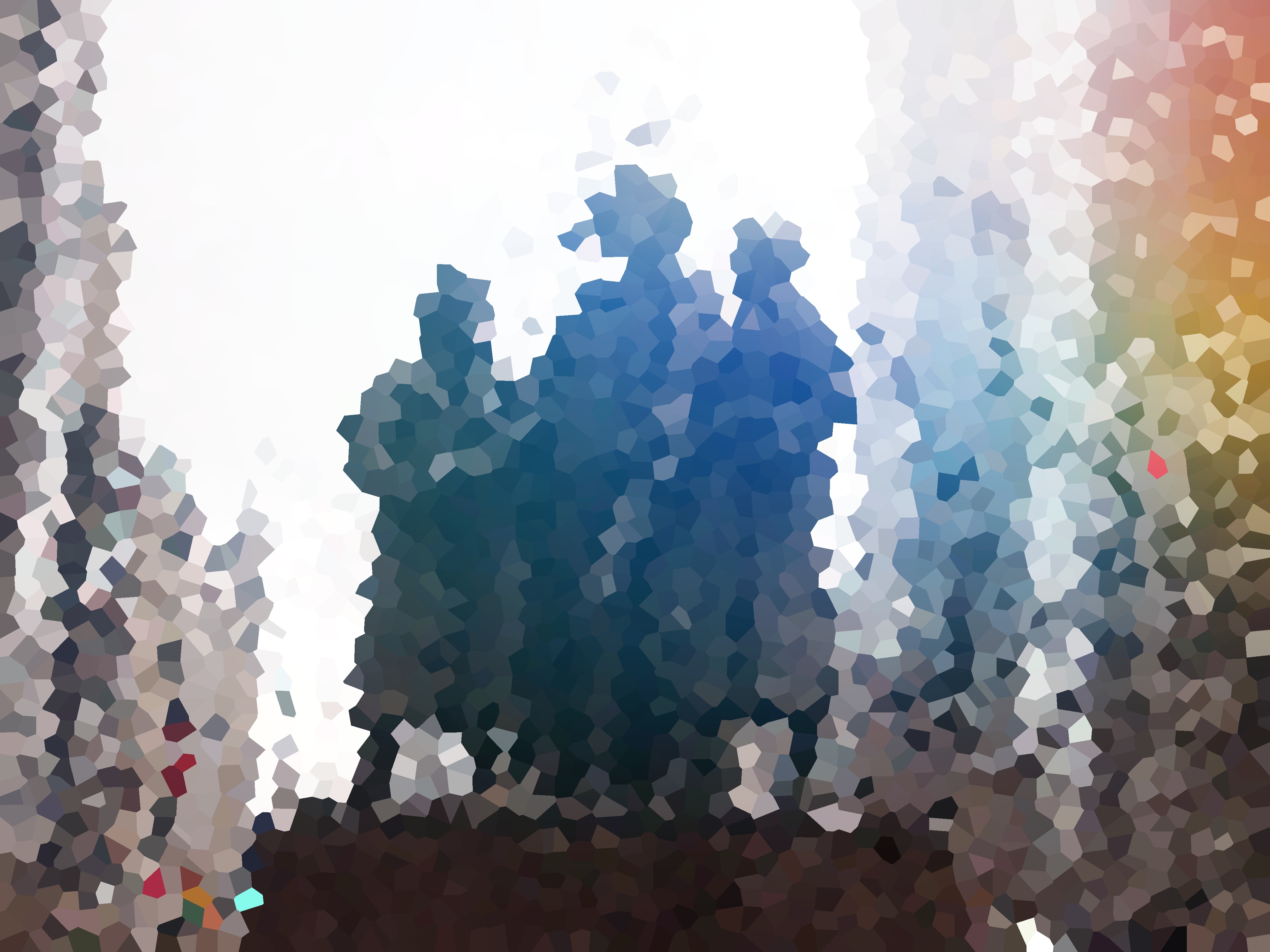
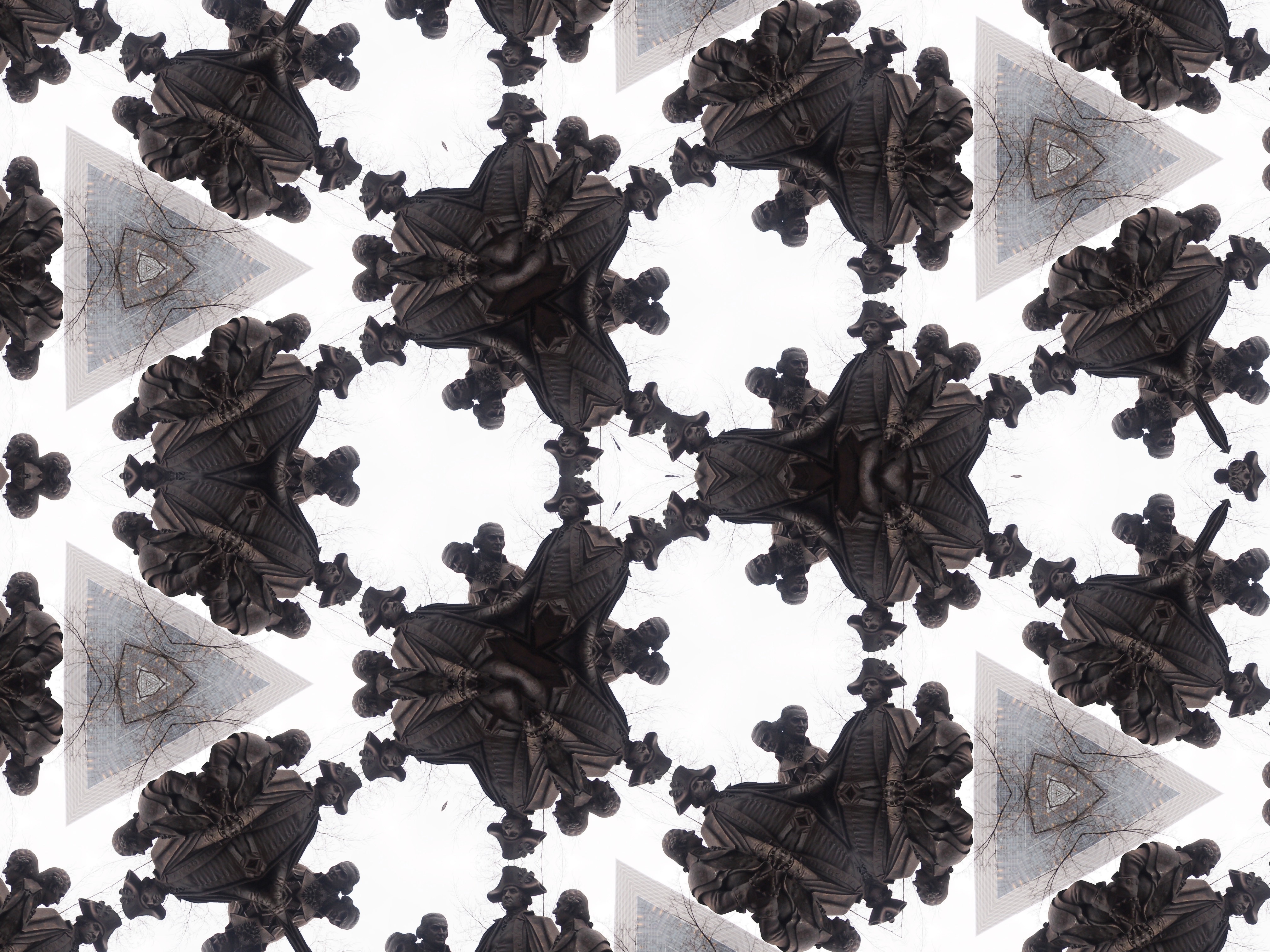
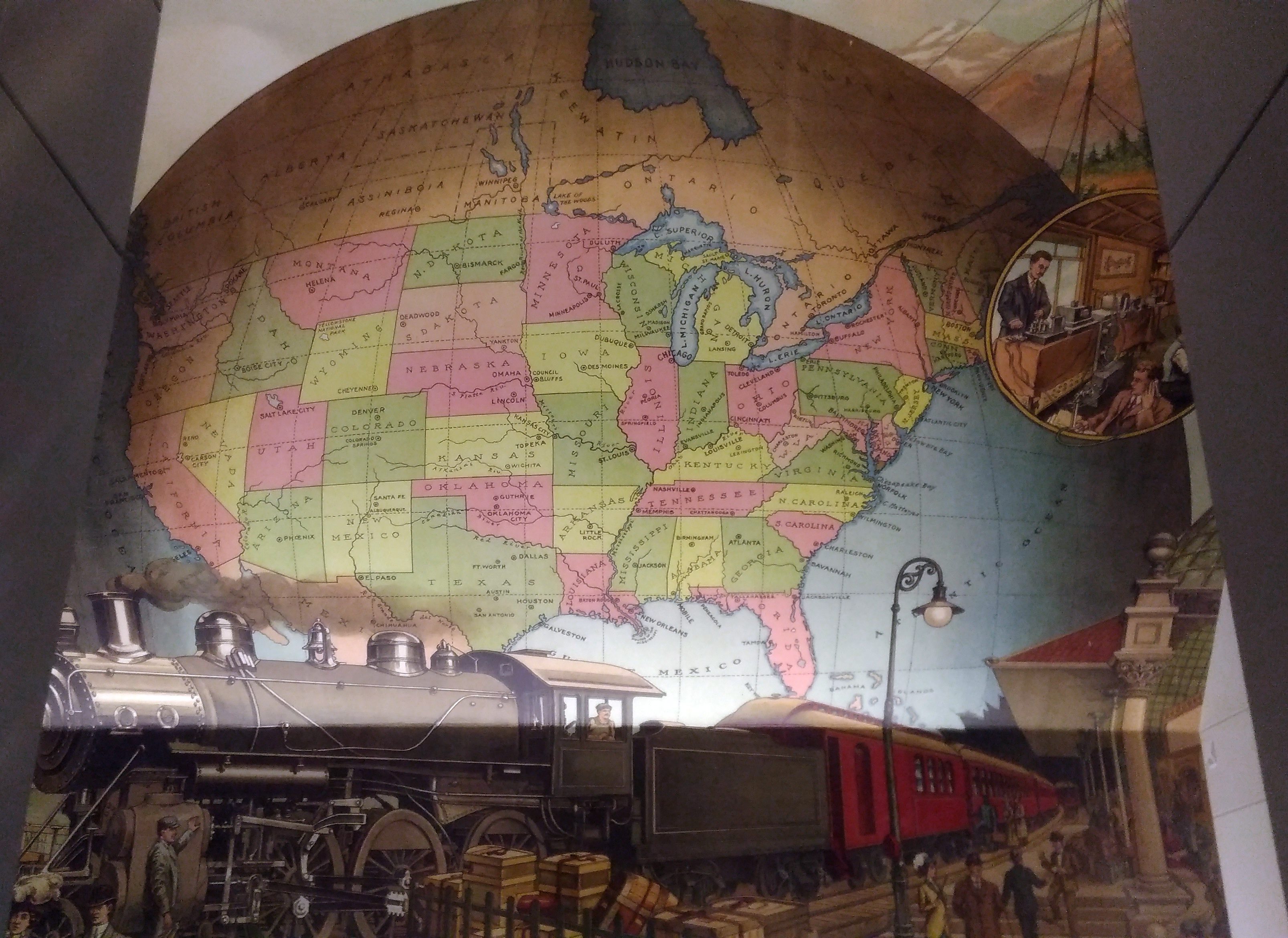
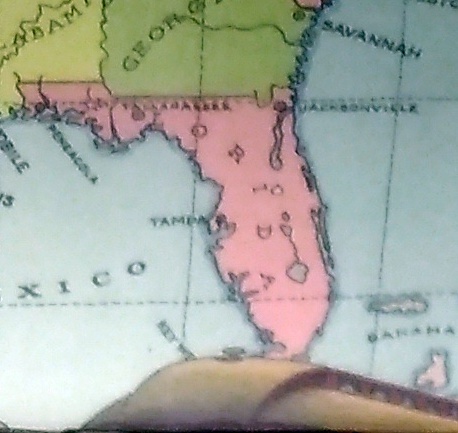
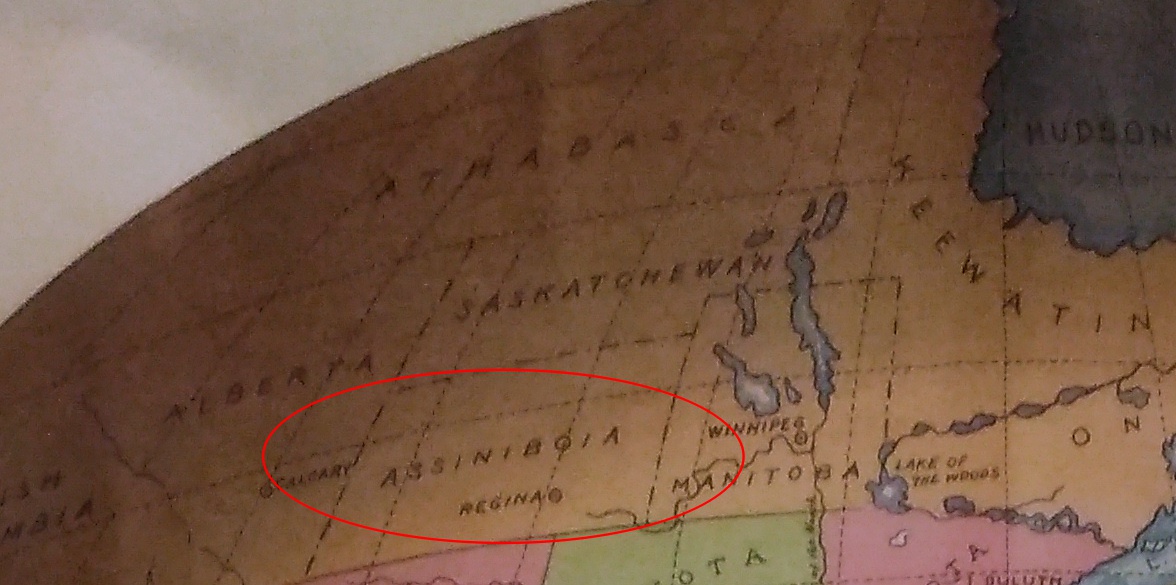
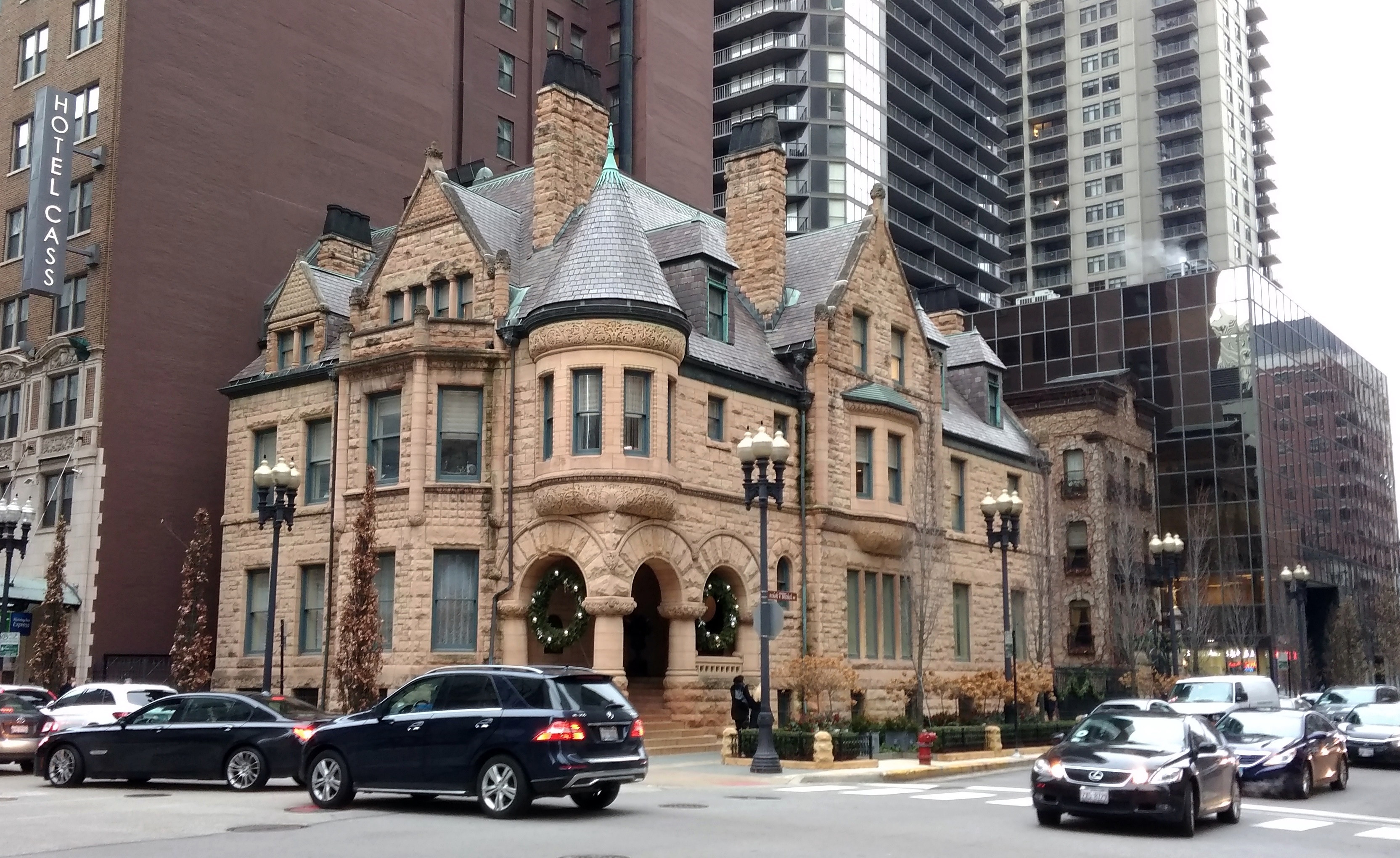
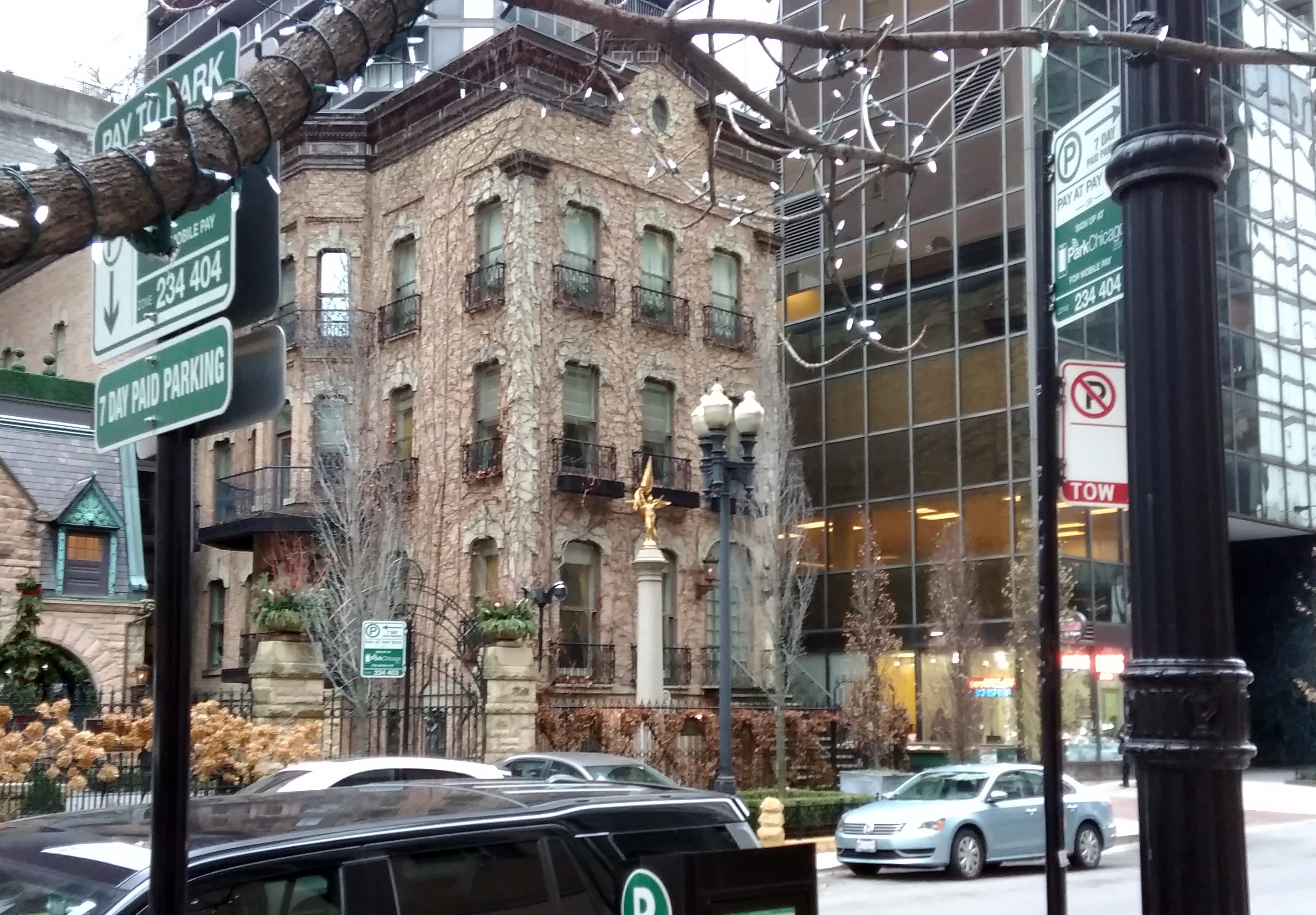
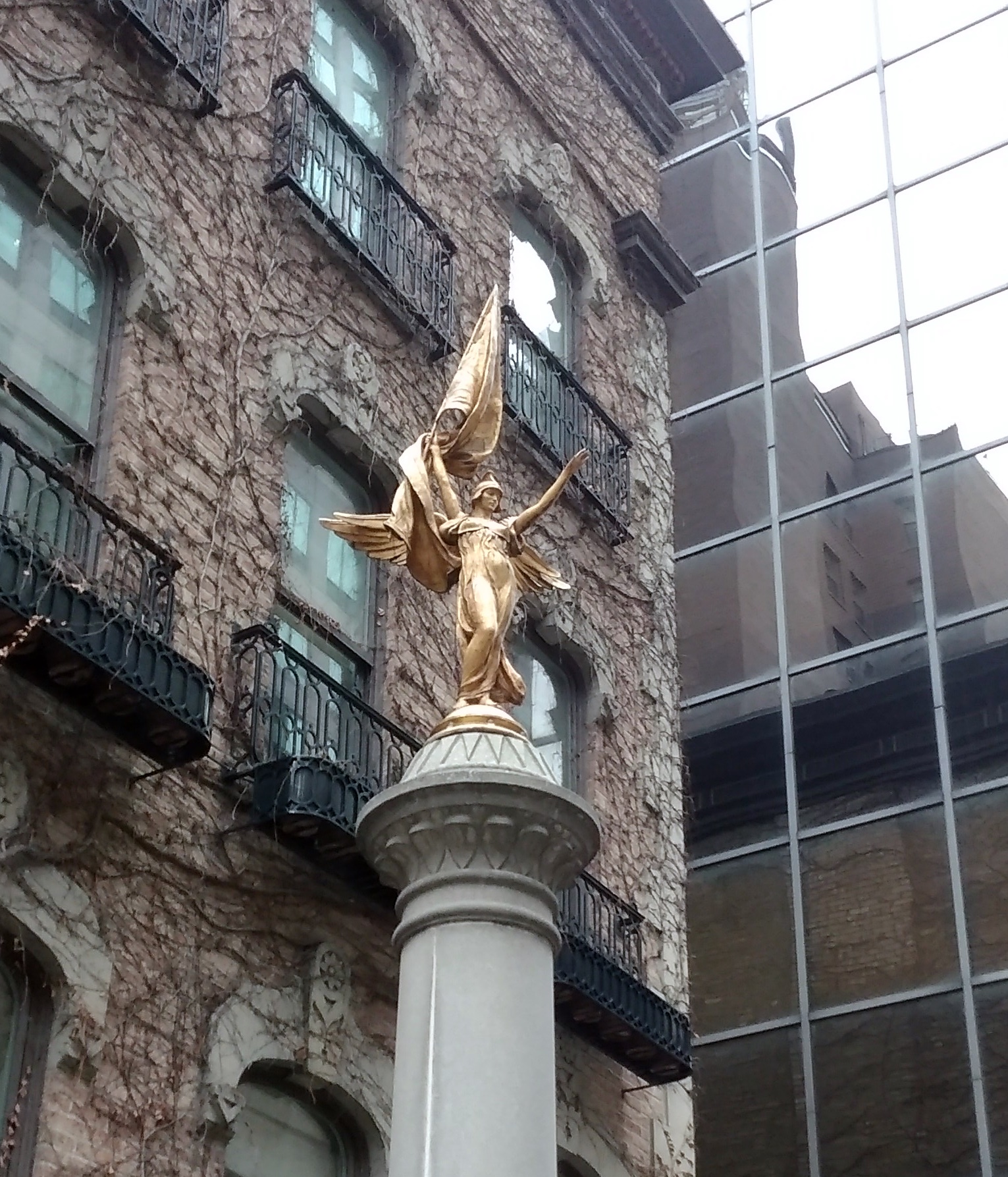
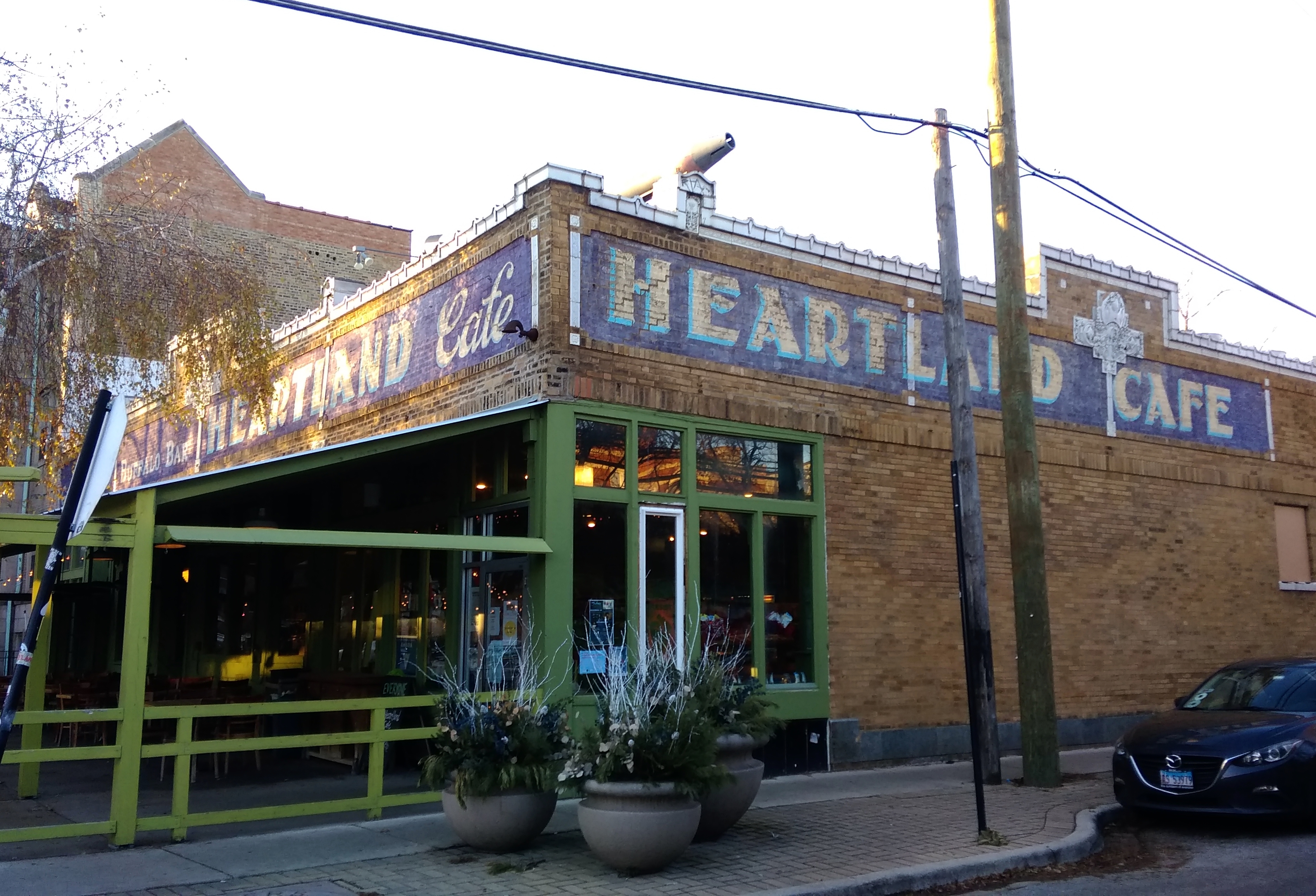 Word is that the Heartland is closing on December 31. That was a surprise, since it’s been around a long time — opening during the last year of the Ford administration.
Word is that the Heartland is closing on December 31. That was a surprise, since it’s been around a long time — opening during the last year of the Ford administration.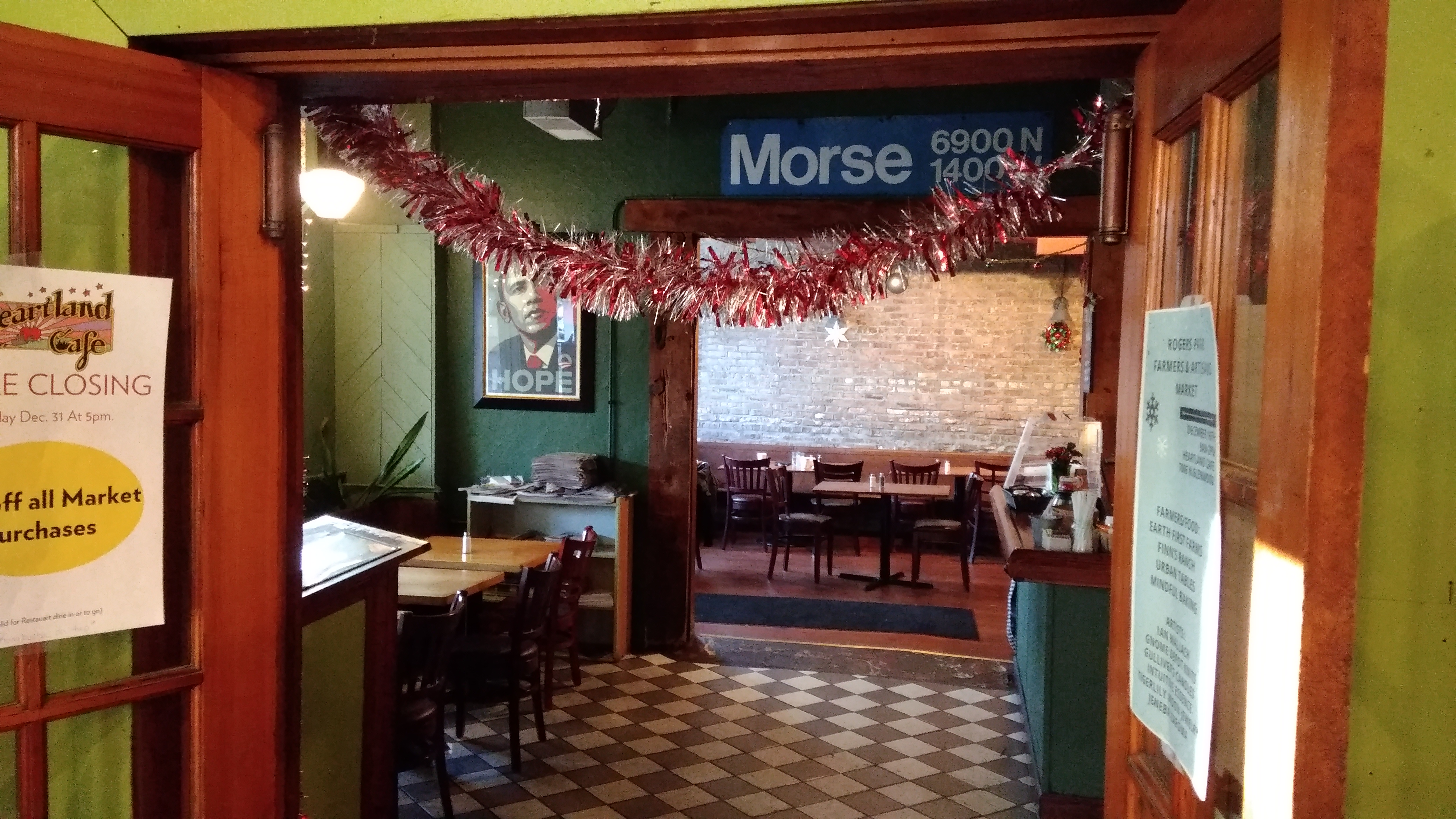 The Hope poster shows more than mere political sympathies, though it does do that. Rather, the Heartland is one of the places that
The Hope poster shows more than mere political sympathies, though it does do that. Rather, the Heartland is one of the places that 